Review of the smartphone ASUS ZenFone Zoom
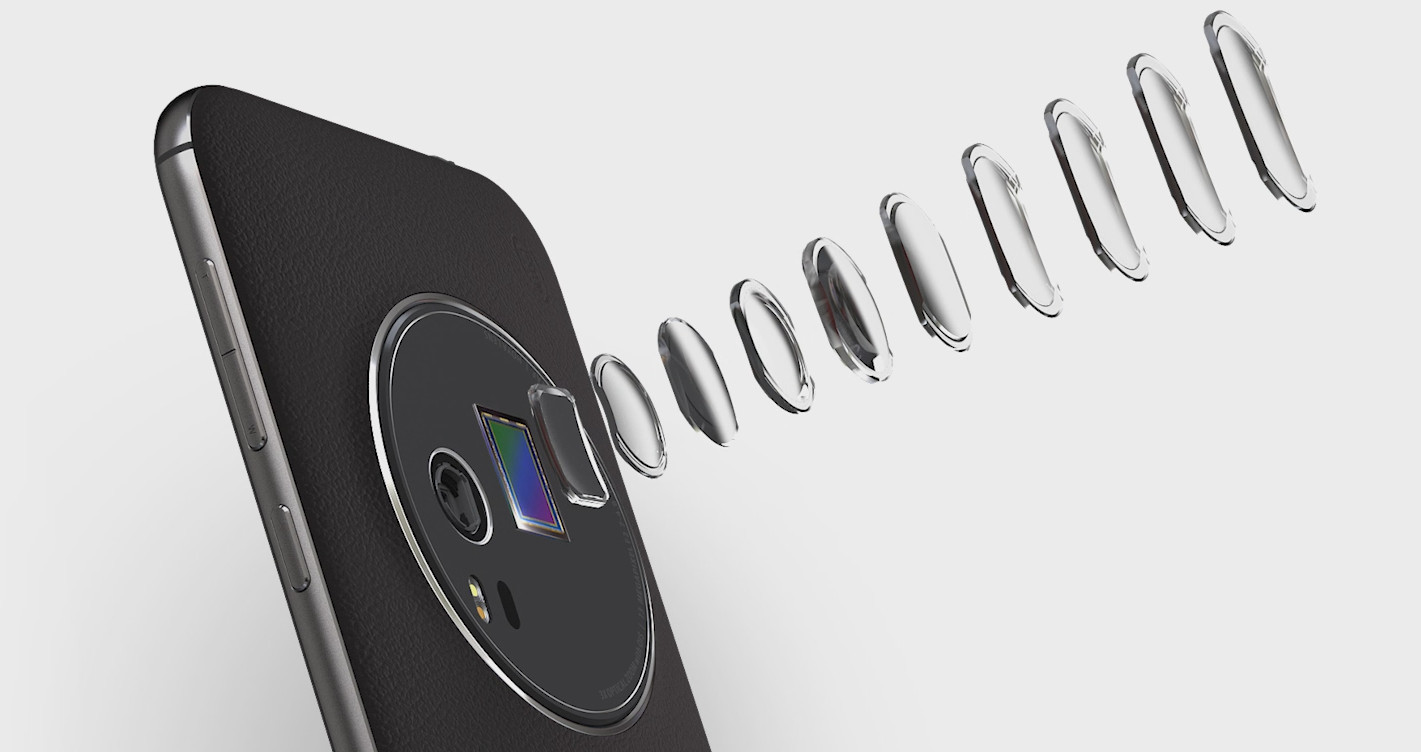
Over the past year, ASUS has released at least two smartphone models targeted at users who are not indifferent to photography - ZenFone Laser and ZenFone Selfie . But according to the capabilities of their optical system, these devices are not very different from "ordinary" smartphones. Now, the ASUS ZenFone Zoom smartphone, which is equipped with a much more advanced camera, two-color flash and a laser focusing system, went on sale.
Specifications
Platform : Android 5.0 (with ASUS ZenUI shell)
Color : Black / White
Dimensions : 158.9 x 78.8 x 5 ~ 11.95 mm (L x W x H)
Weight : 185 gr
Processor :
Intel Atom Quad Core Z3580 (2.3 GHz) with PowerVR G6430 graphics core (support for OpenGL ES 3.0)
Intel Atom Quad Core Z3590 (two cores can operate at frequencies up to 2.5 GHz) with the PowerVR G6430 graphics core (support for OpenGL ES 3.0)
RAM : 4 GB LPDDR3 RAM
Data Store :
64 GB eMMC
128 GB eMCP Flash
Memory slot : micro SD, up to 128 GB
Modem : Intel 7262
Wireless :
WLAN 802.11 a / b / g / n / ac
Bluetooth V4.0 + EDR
NFC
Supported network standards : UMTS / WCDMA / FDD-LTE
Data transfer rate :
HSPA +: reception - 5.76 / upload - 42 Mbps
DC-HSPA +: reception - 5.76 / kickback - 42 Mbps
LTE Cat4: Receive - 50 / upload - 150 Mbps
2G : GSM: 850MHz / 900MHz / 1800MHz / 1900MHz
3G : WCDMA: 850MHz / 900MHz / 1700MHz / 1900MHz / 2100MHz
4G : FDD-LTE: 2100MHz / 1900MHz / 1800MHz / 1700MHz AWS / 850MHz / 2600MHz / 900MHz / 700MHz / 800MHz
Support for different LTE bands varies by region. Be sure to support the necessary ranges in advance if you plan to use an ASUS smartphone outside the region in which it was purchased.
Navigation : GPS / GLONASS / QZSS / SBAS / BDS
Display : 5.5-inch IPS-display, Full HD (1920x1080), 403 PPI, Corning Gorilla Glass 4
Battery : built-in lithium-polymer, with a capacity of 3000 mA · h
Cameras :
Frontal: 5 Mp.
Primary:
- 13 Mp
- 3X optical zoom / 12X overall zoom.
- Laser auto focus with a speed of 0.03 sec.
- Stabilizer 4 Stop OIS (Optical Image Stabilization).
- 10-element lens (HOYA lenses).
- Maximum shutter speed 32 sec.
- Two-color LED flash.
- The minimum focusing distance is 5 cm.
Audio output : 3.5 mm
Sensors : accelerometer / electronic compass / gyroscope / proximity sensor / light sensor / Hall sensor.
AnTuTu specifications

')
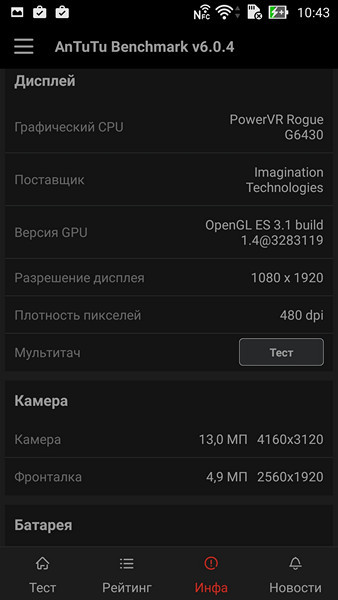

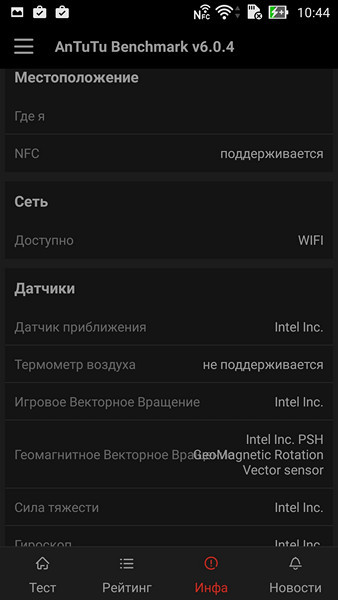
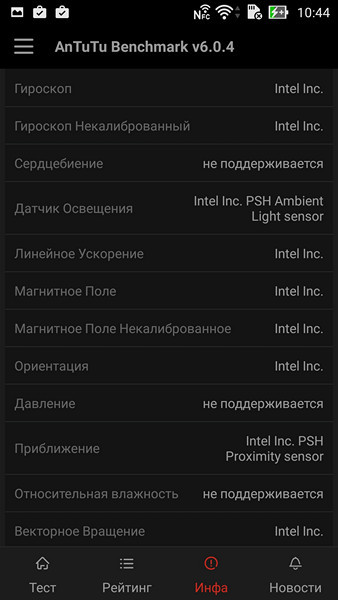



')





Appearance
ZenFone Zoom tries to impress with the packaging. Instead of the usual brick box that opens as a matchbox, the smartphone comes in a box-box.

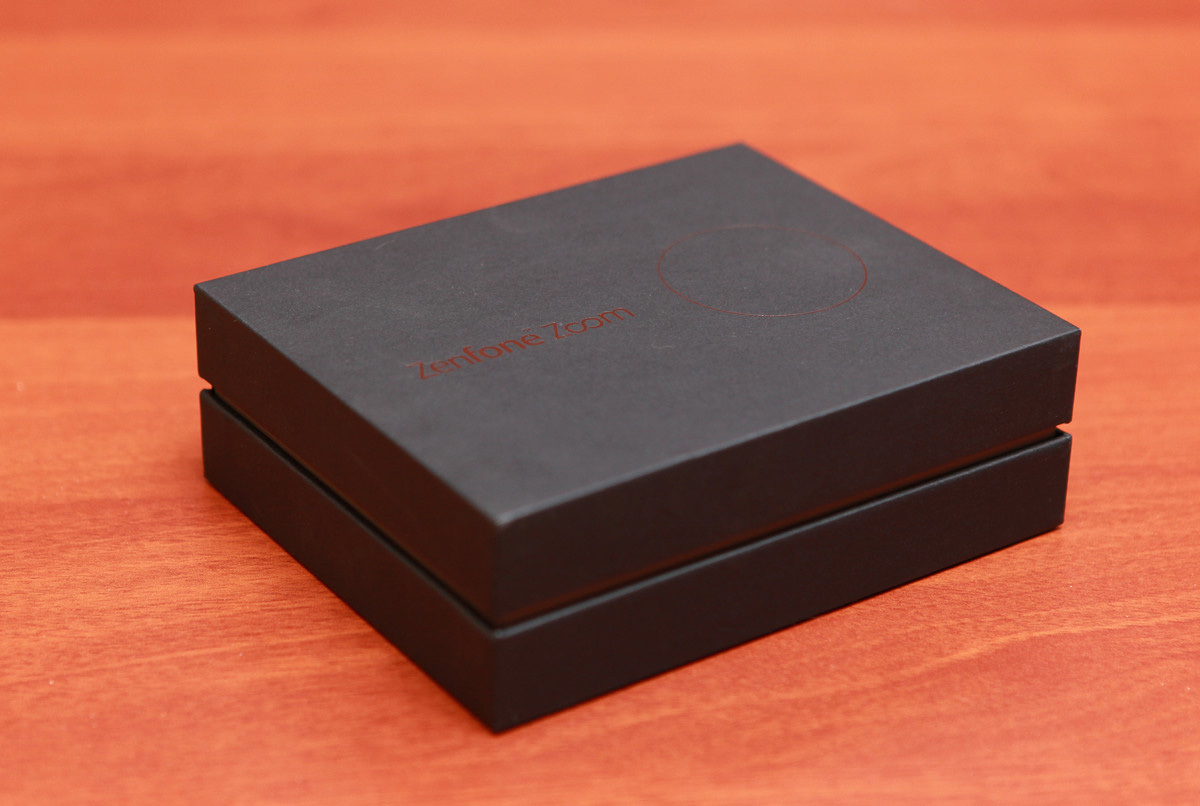
The contents of the box makes you think more about expensive accessories.


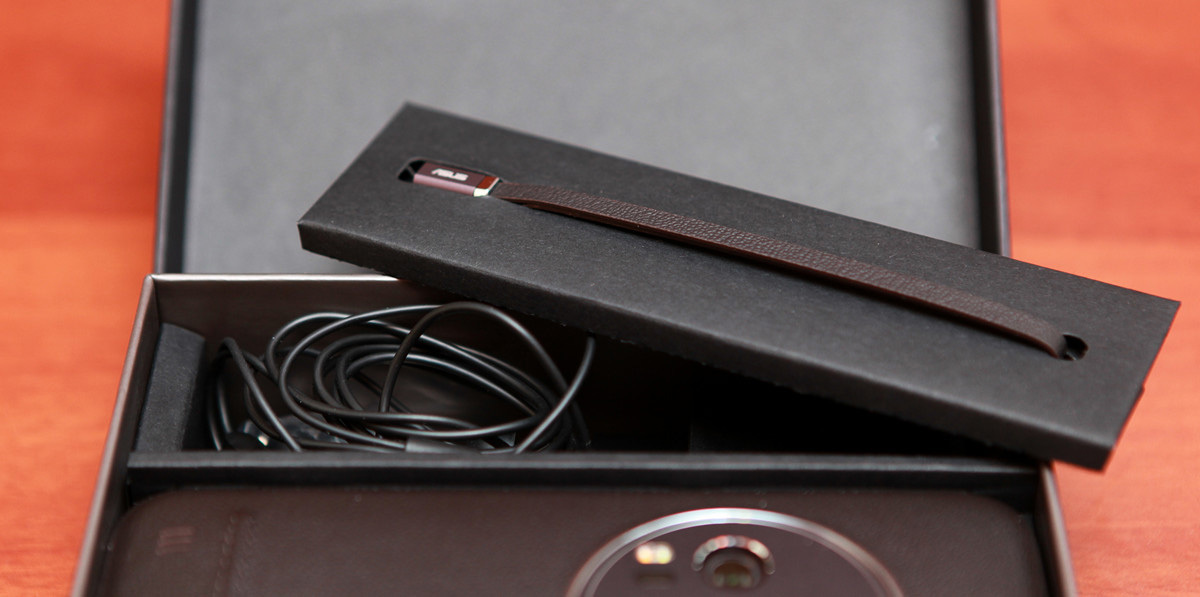
Included with the smartphone is a charger with a USB-micro USB cable and inline channel in-ear headphones with two pairs of interchangeable ear cushions.
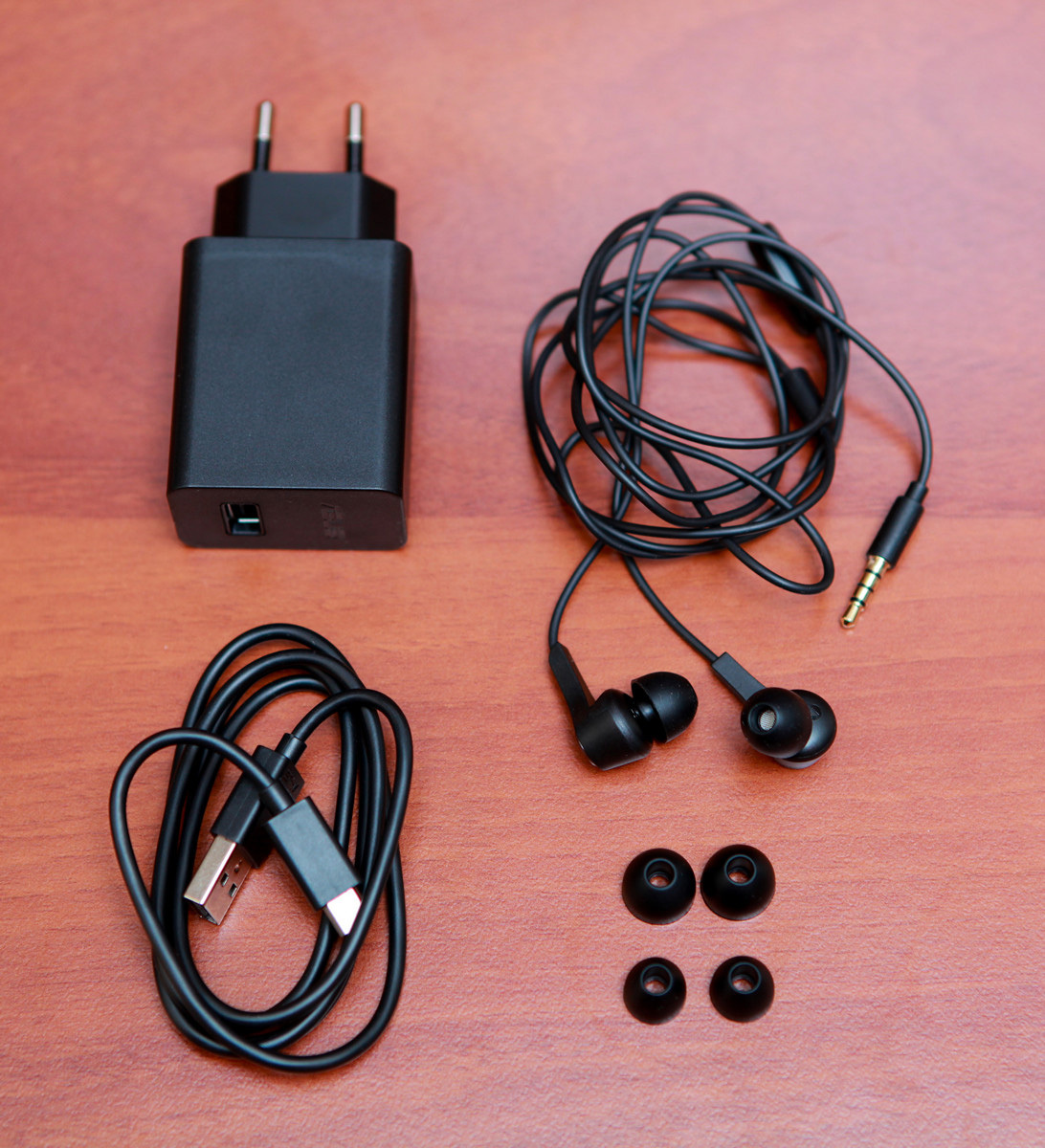

The sound channels of the headphones are angled to the case.

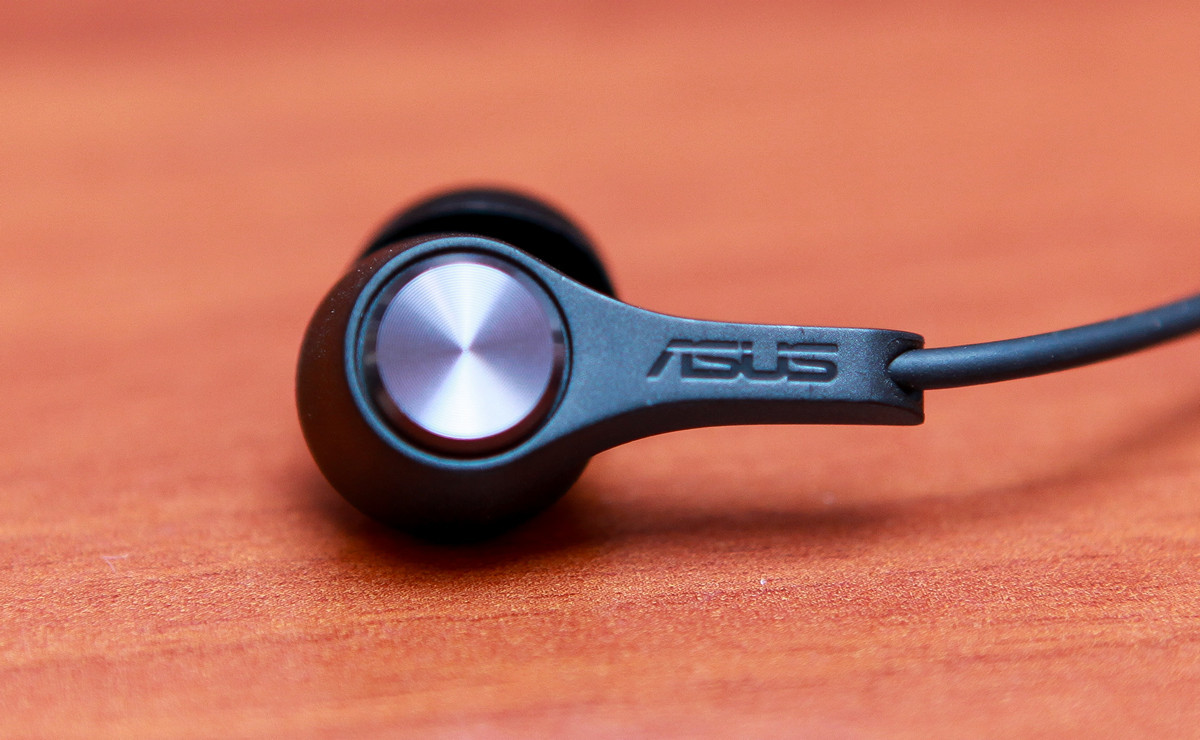
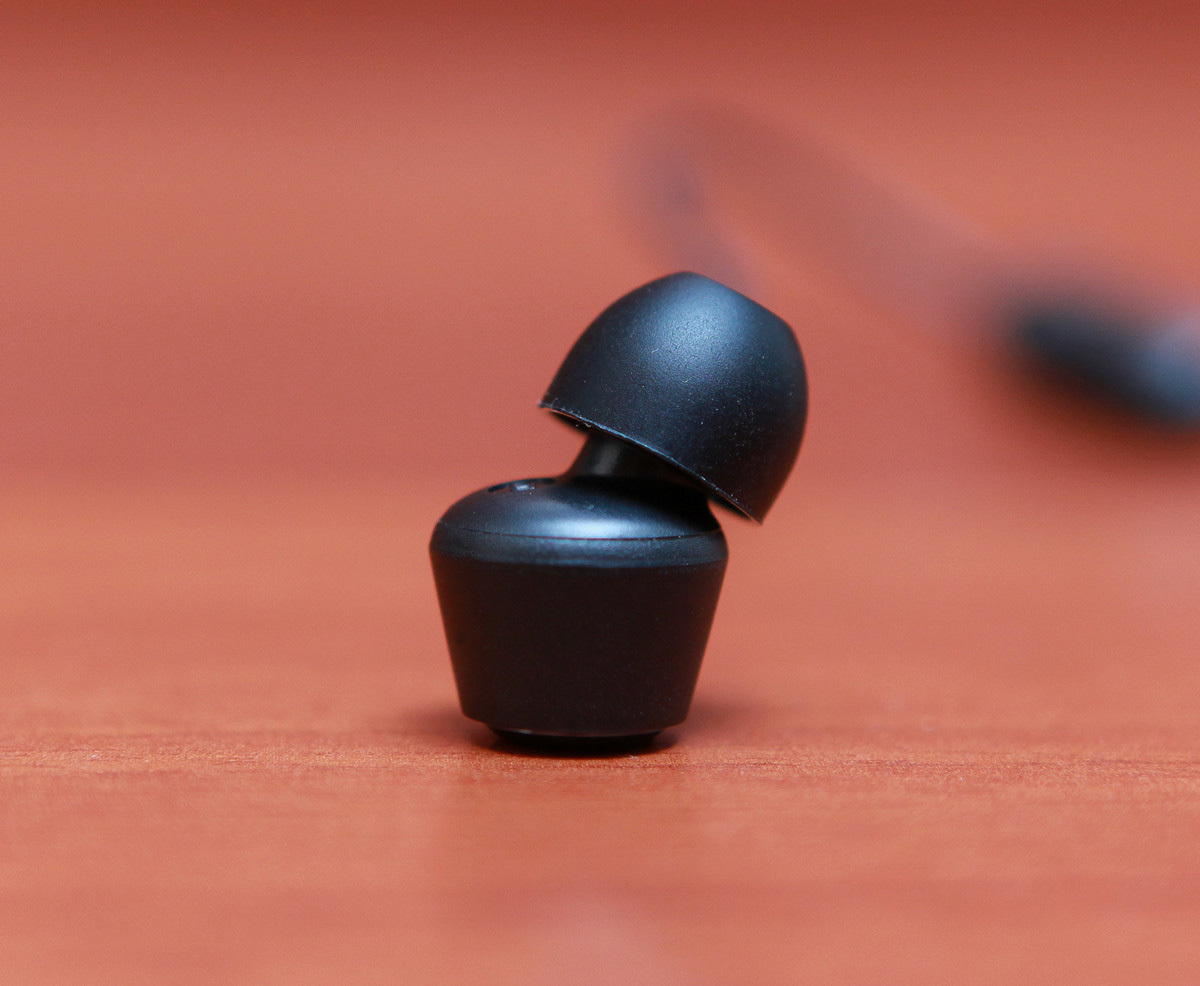
On the wire of the right "ear" there was a remote control with a button and a microphone.

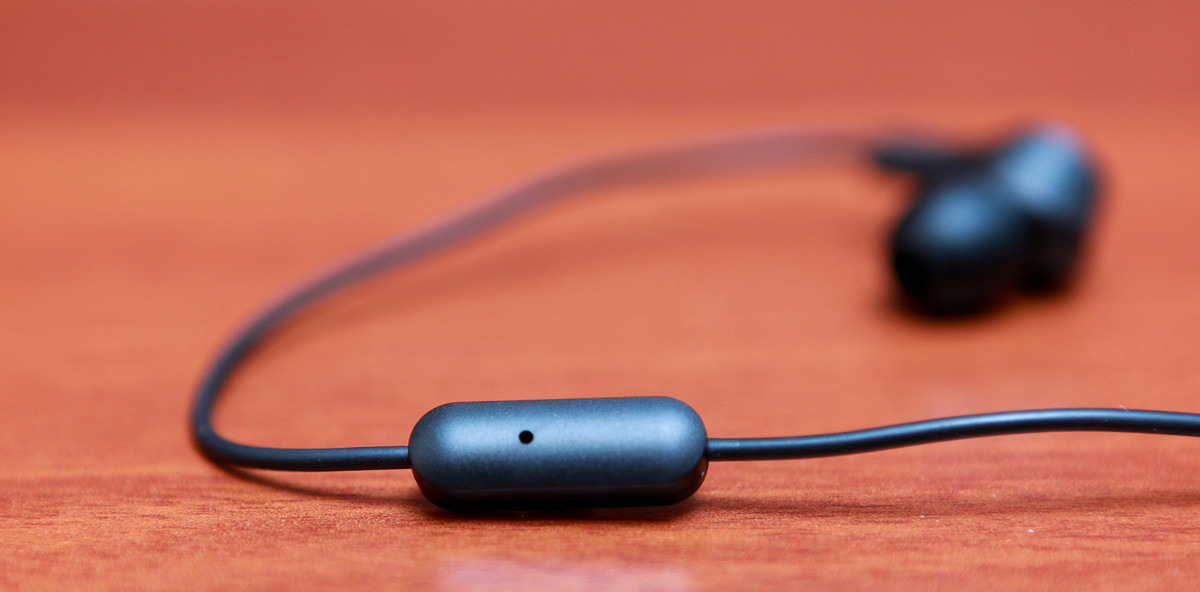
The front side of the ZenFone Zoom is made in the style of the entire Zen line: clean lines, minimal details, rounded corners and a decorative panel with a concentric pattern.
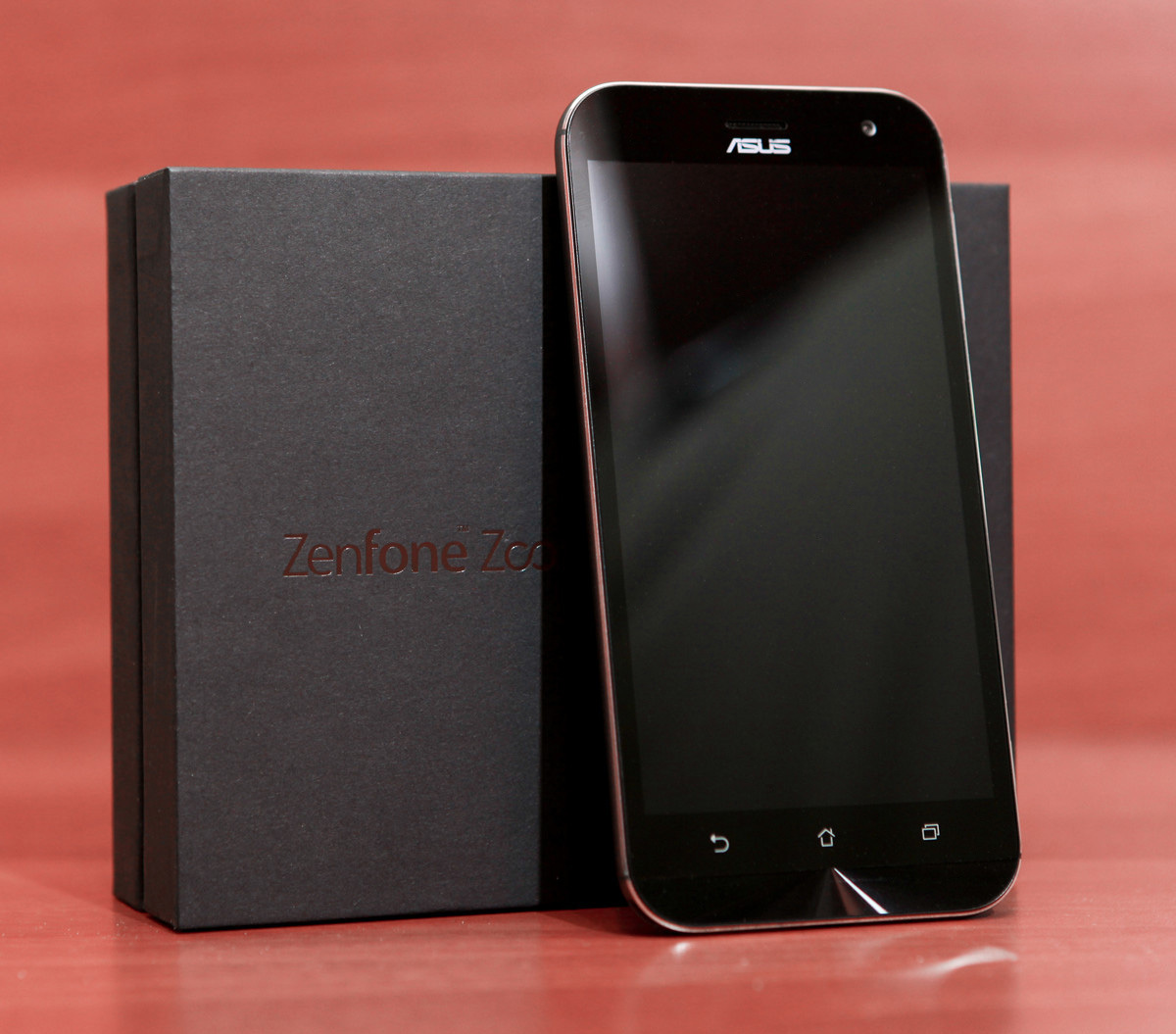


The back side looks much more unusual. First of all, the surface catches the eye: it looks like a smartphone is upholstered in leather. Even along the edge support, under the fingers there is a double thread firmware.
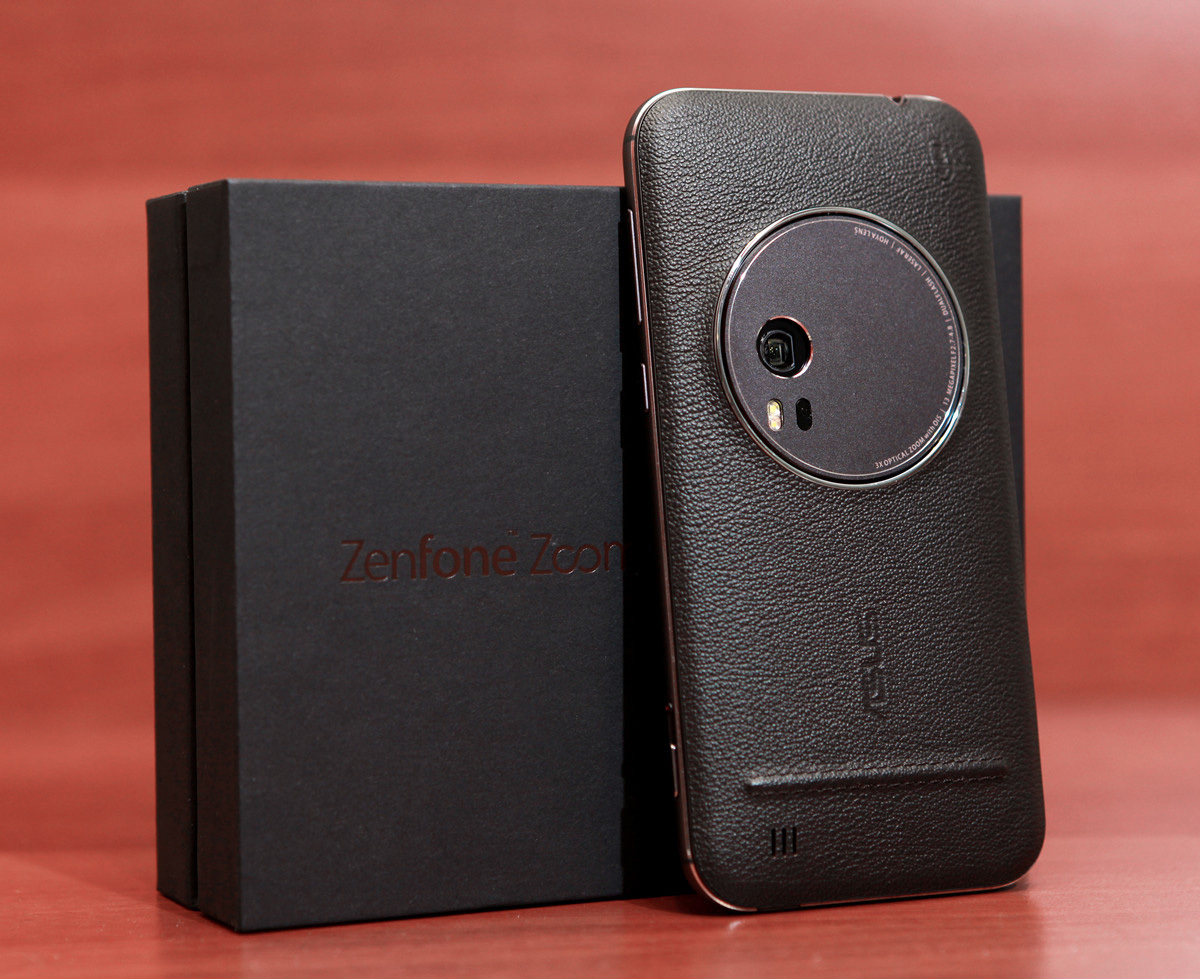

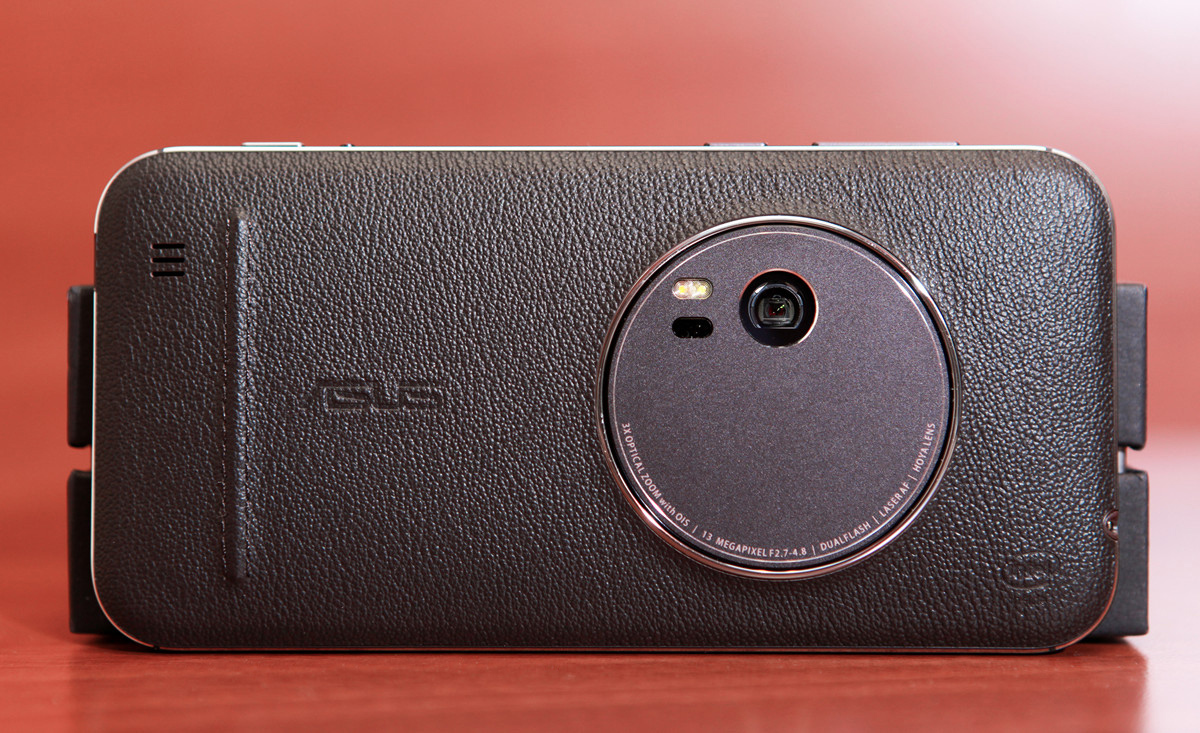
Looks solid. The surface is smooth and fairly solid to the touch, so I suspected a very high-quality plastic imitation. However, the manufacturer’s website states that Zoom is really covered in leather. I removed the back cover, which was completely plastic inside and quite thin. The edges of the lid are a tiny plastic side, that is, the outer coating itself - if this coating - turned out to be flush with this rim. That is, to detect a cut of the skin failed. Studying the surface under a magnifying glass did not work: I did not find any pores characteristic of the skin, but no clear evidence of plastic origin was found. And here my attention was attracted by the slots for the speaker. Armed with a magnifying glass, I photographed them at an angle.
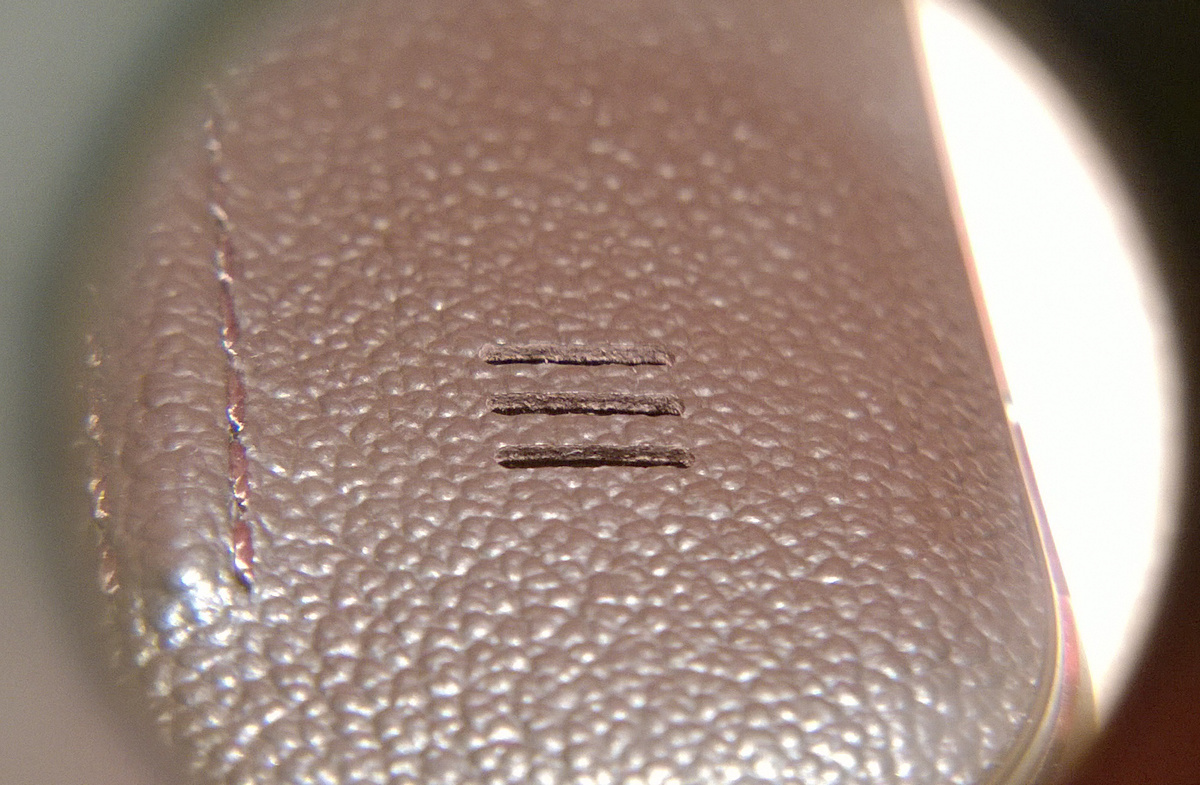
Indeed, the skin. Surely she was subjected to additional processing for the sake of improving wear resistance. ASUS engineers managed to very evenly apply the skin on a plastic cover, the edges never blink. By the way, the characteristic texture of the material helps to more reliably hold a rather large device in your hand.
The ends of the smartphone are rounded, the edges do not cut into the palm. Despite its large size, the device in the hand is quite comfortable. This contributes to the convex shape of the back cover.
On the top is an audio jack and a microphone.
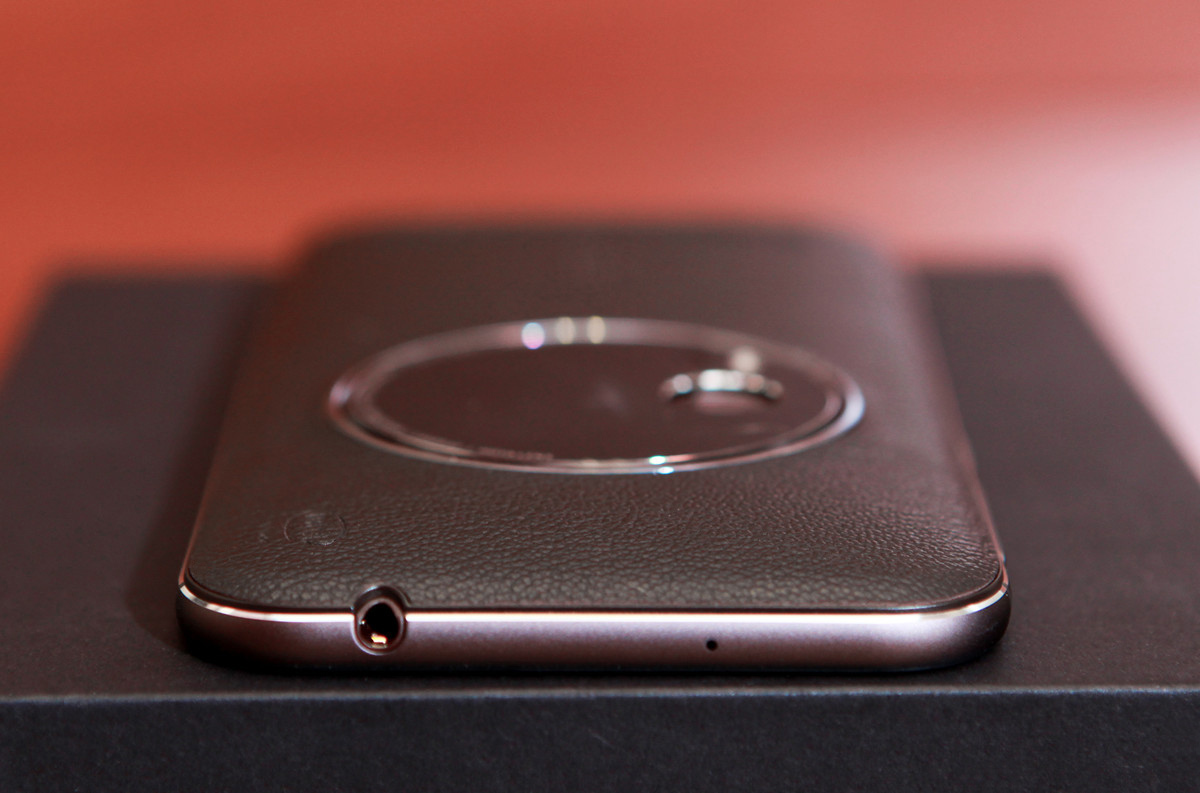
The second microphone is located on the bottom, along with the micro USB connector.
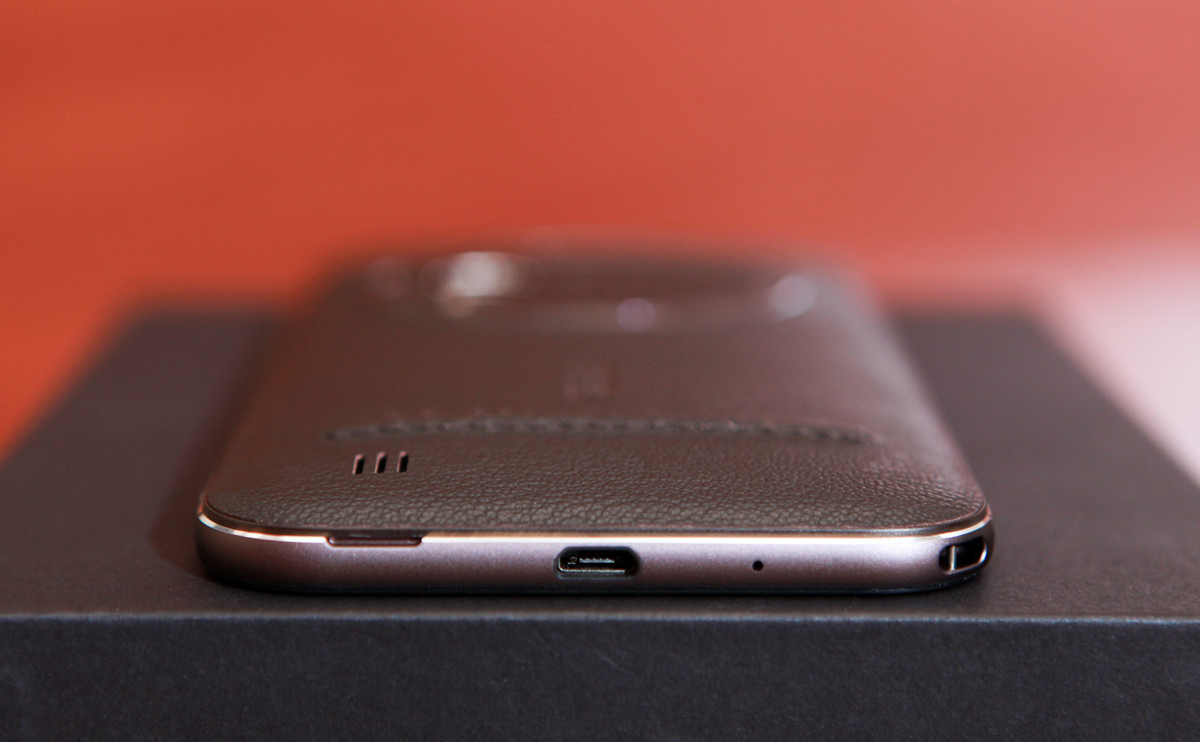
In the same place, on a corner, fastening for a thong is located. A rather unusual detail in the world of modern smartphones, but very characteristic of another class of devices - cameras. What kind of transparently hints at a similar usage scenario: the device can be worn literally at hand, so as not to miss successful shots.
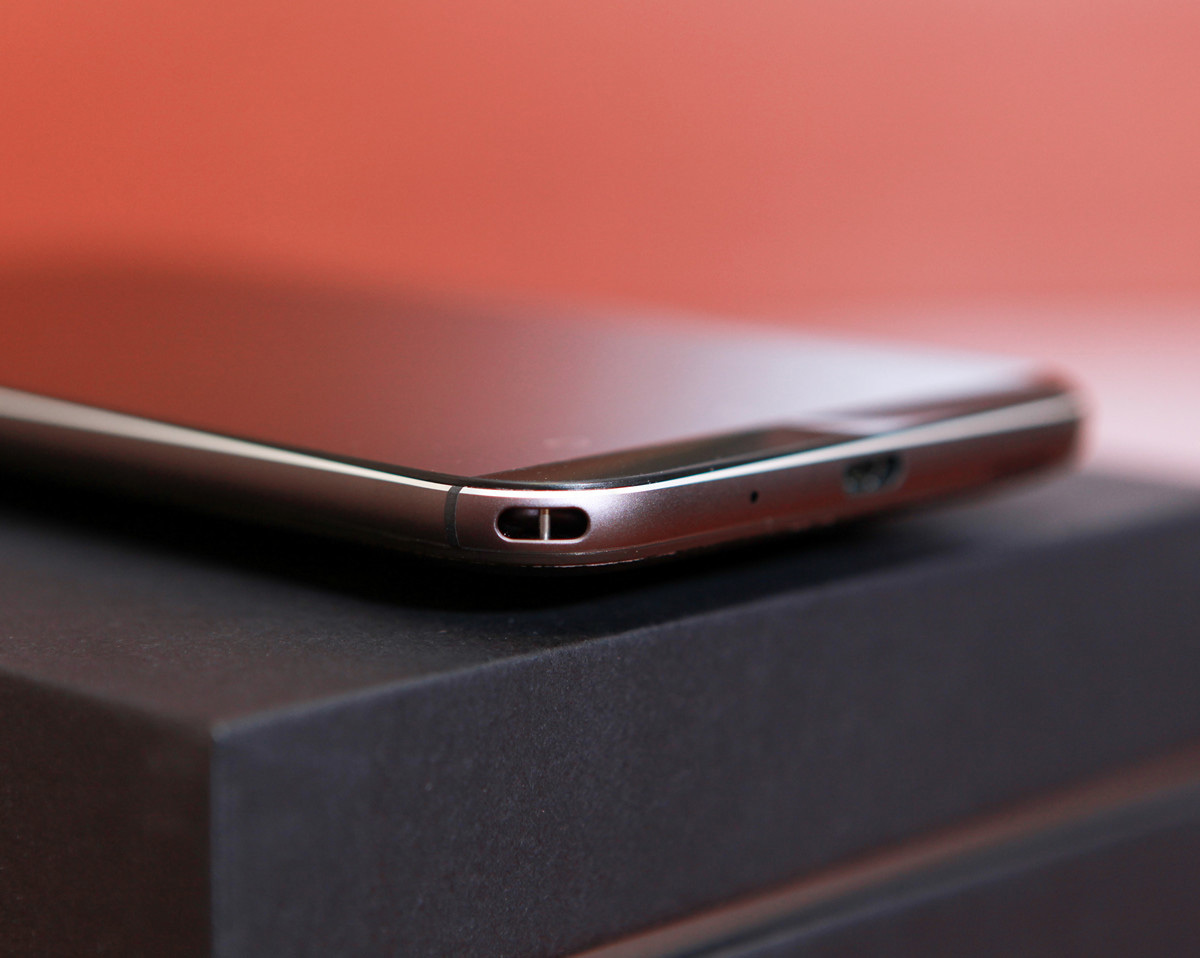
The left side is completely clean.

And on the right side are all the controls: volume control, power button, camera control.

The camera is controlled by two buttons: large - photographing, small - video. The solution is quite successful: you will not get confused in the buttons, but you can not lose precious seconds on switching to video and back when you are shooting some dynamic events. In addition, when you have to control through the screen, you unwittingly change the framing, and spend a little more time to build the frame again. And the moment may be missed.
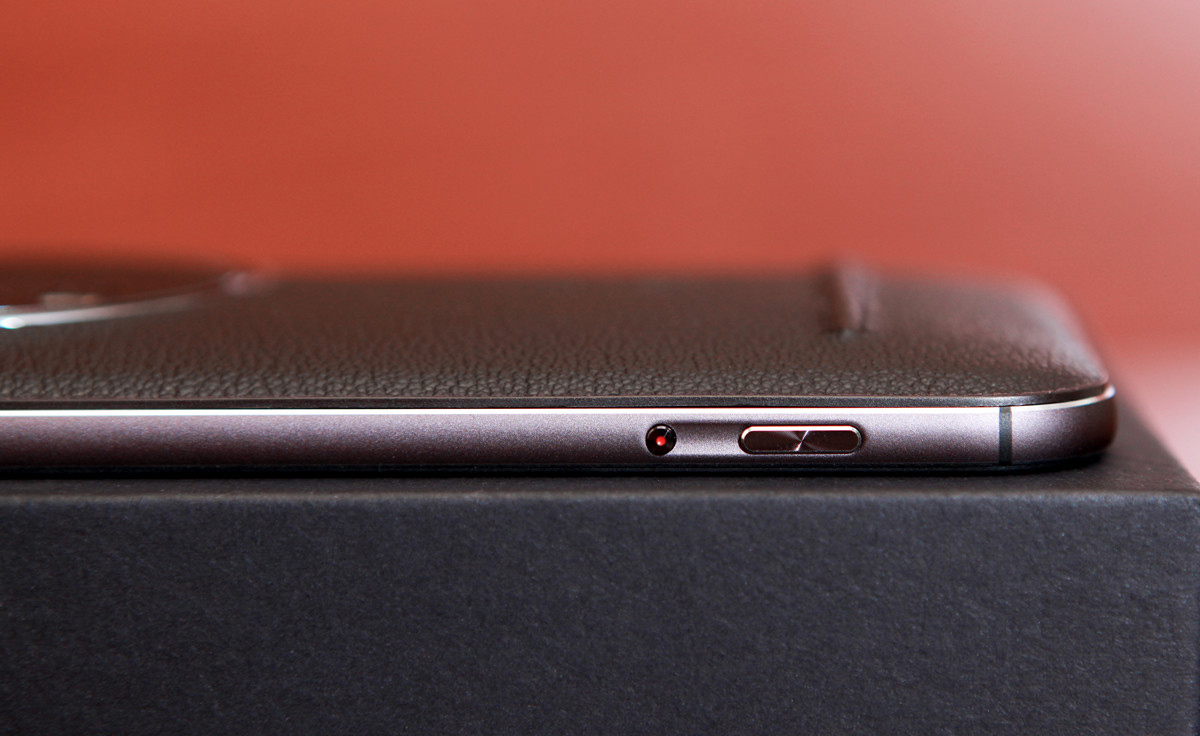

Under the cover are the slots for the SIM card and micro SD memory card. In the upper left corner - the resonant camera dynamics.
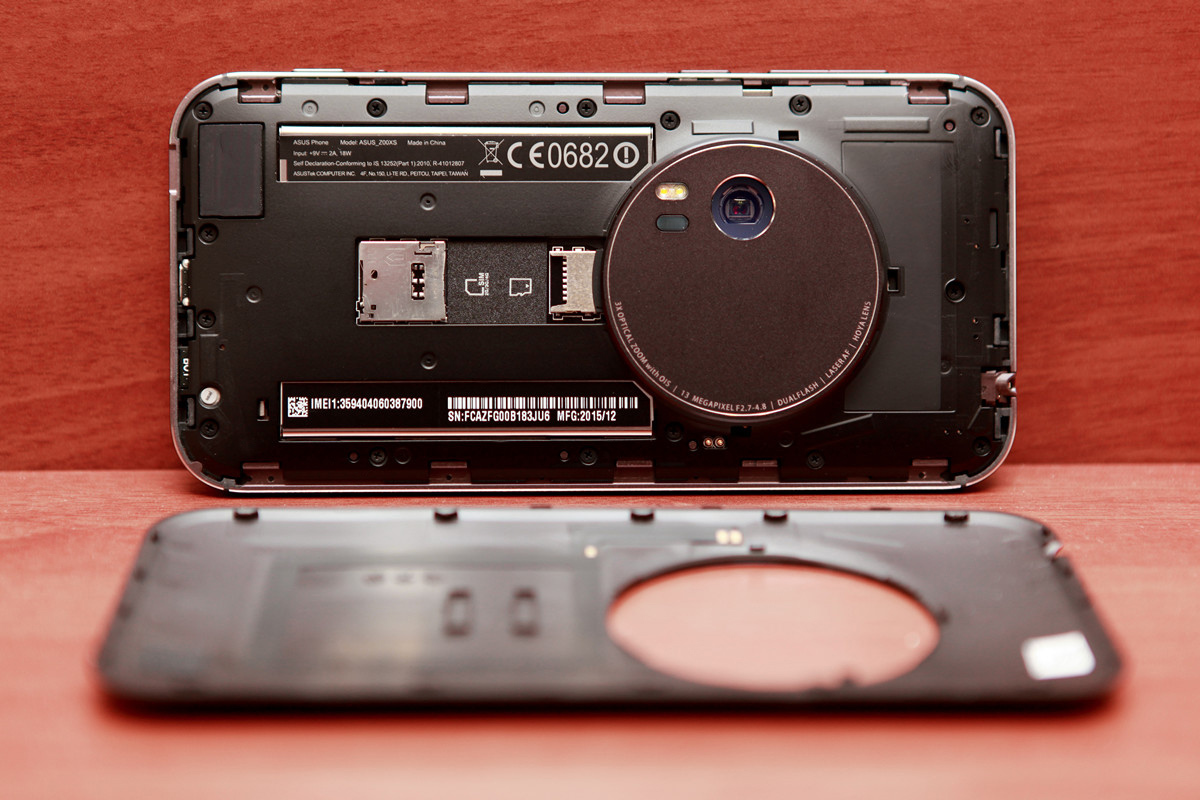
On the inside of the cover is one of the antennas.
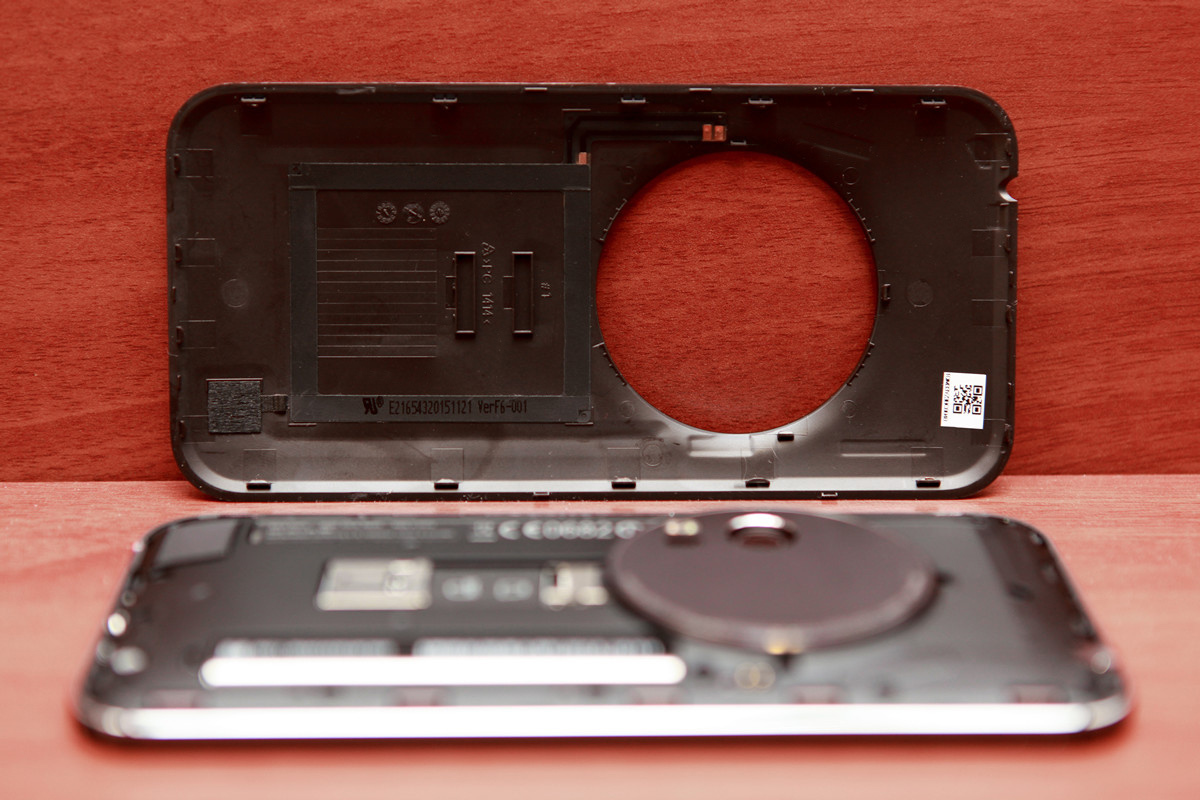
Sound
One of the advantages of the ZenFone Zoom is its sound subsystem. According to information from the manufacturer, here is applied a speaker with five magnets, placed in a resonant chamber. This design is designed to improve the range of reproduced frequencies and increase the volume. In addition, ZenFone Zoom applied software technology to improve sound quality. On top of that, you can activate one of the five sound modes or play with a simple equalizer:
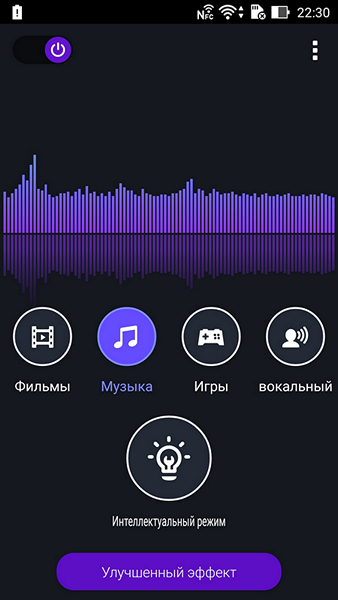

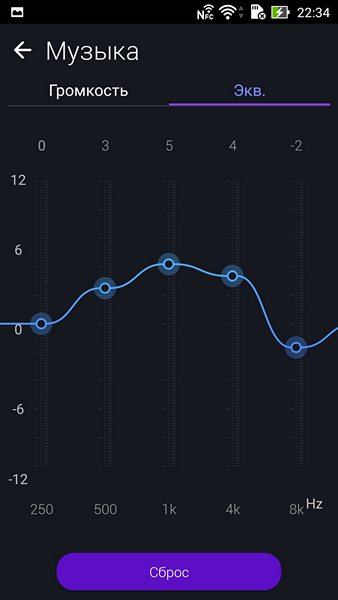
Playing the smartphone is really quite loud. Sound modes are chosen well and correspond to their areas of application. The low frequency range is not as wide as we would like. But in general, the sound was decent. Of course, you should not expect a HiFi sound from this small speaker, even though it is enclosed in a resonant chamber. However, for its class sounds ZenFone Zoom very well.
The developers have worked on improving the performance of the microphone. Using software algorithms, echoing is reduced and background noise is better suppressed.
Separately, I want to tell you about the voice control function. To activate it, you need to click the microphone icon in the Google search bar. This software module can not only translate speech into search queries, but also launch applications, initiate calls and write SMS for you.


In some cases, the system silently opens the search engine and enters the spoken phrase. But sometimes she can quite comfortably comment in a female voice in the style of “Companies found at your request at a distance of no more than 4 km”. Trifle, but nice.
The recognition function works very quickly. I spent about 10 minutes mocking at the system, uttering phrases like a poker. And for all this time, a dozen erroneous recognitions have not accumulated. In this case, my diction is far from ideal.
Display
In the ZenFone Zoom uses a display with a diagonal of 5.5 inches and a resolution of Full HD (1920 * 1080). IPS-matrix, high-quality oleophobic coating - gentleman's set. In my opinion, the ratio of the diagonal and resolution is ideal, since with a pixel density of 403 PPI, the image is perfectly smooth. Almost analog. It makes no sense to increase the resolution at this display size: there is still no difference to see, but an additional load is created on the processor and video chip, which reduces the operation time.
Curious detail: around the display there is no more barely prominent plastic rim, which reduces the likelihood of scratches when you put the smartphone face down. In my opinion, this is due to the use of new-fashioned Gorilla Glass 4 as a protective glass. It seems that the developers are very confident in its durability. Although there is another explanation: just a feature of the design.
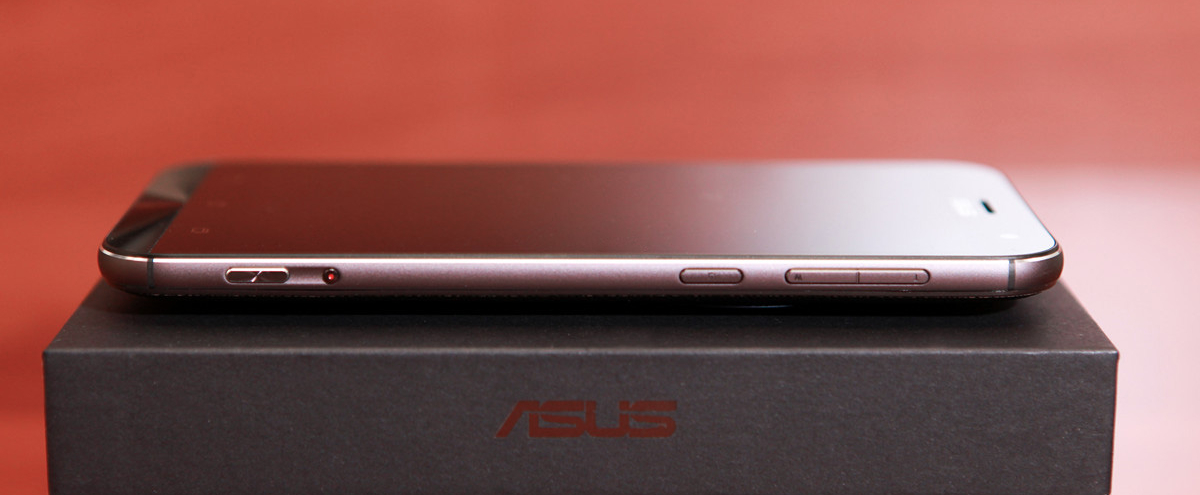
Photography
Let's see what is so special about the ZenFone Zoom. By the way, the front camera is also quite tolerable. 5 Mp - some smartphones still have main cameras with matrices with this resolution. But this is the only advantage of the front camera Zoom: a tiny lens does not allow to roam from the point of view of aperture.
But the main camera is much more interesting. The resolution of the matrix is not the greatest - 13 Mp. Depending on the focal length, the minimum aperture value varies in the range of F2.7-4.8.
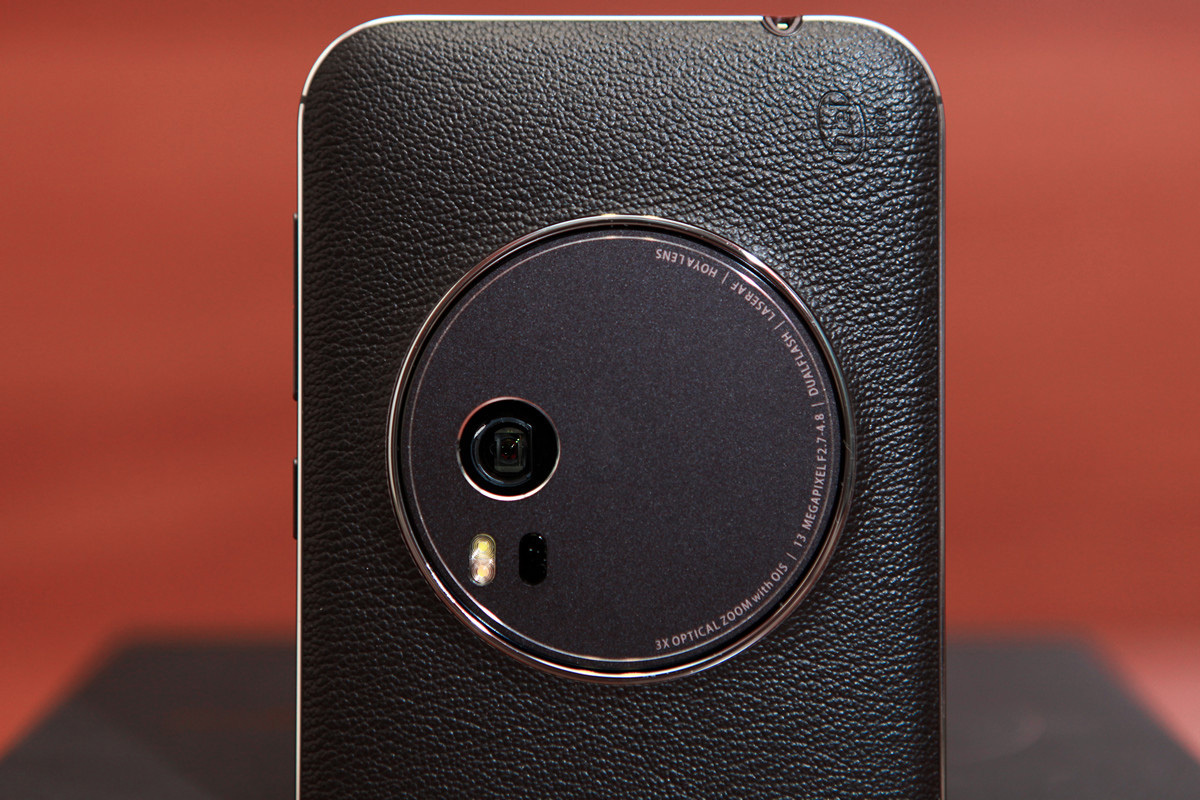
First, a fairly large lens, which indirectly indicates not the worst aperture. Secondly, the optical system consists of 10 lenses. To fit all of these lenses into a smartphone, developers had to apply the periscopic configuration:

This decision made it possible to realize two more goodies: a three-fold optical zoom and a four-stage stabilizer. The zoom is regulated either by a classic scaling gesture (pinch / spreading fingers), or by using the volume adjustment buttons, it turns out much more convenient and accurate. When you change the zoom on the screen briefly appears the scale and the current value:
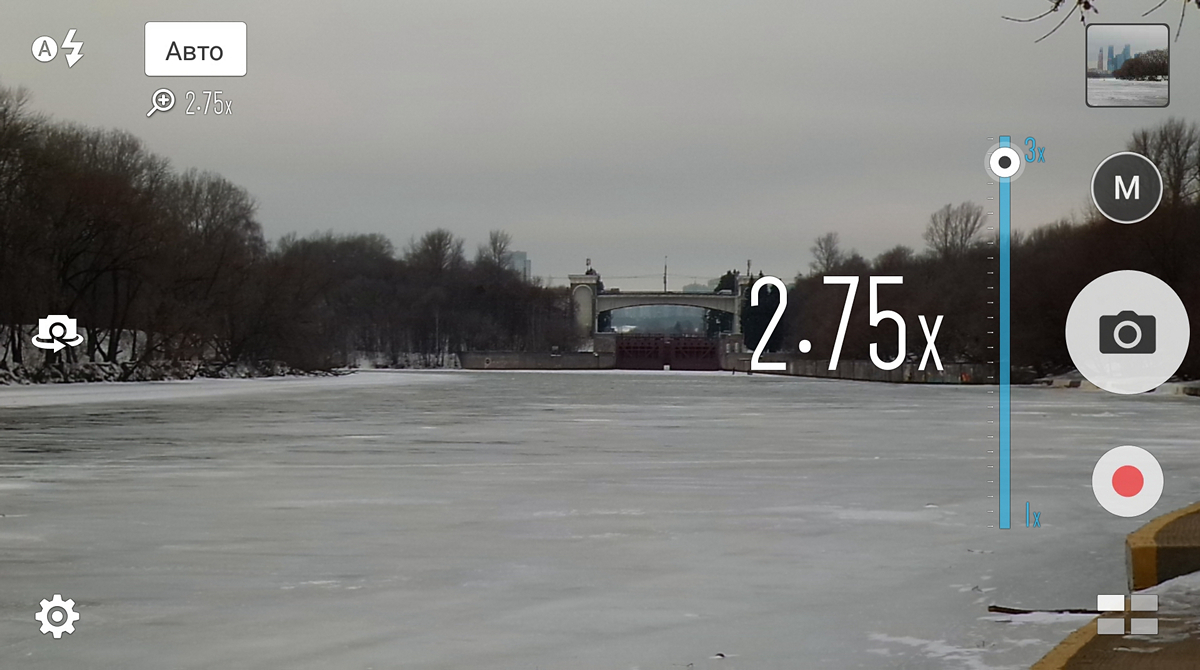
The smartphone is equipped with a two-color flash, in which LEDs are installed in cold and warm colors. Camera automation evaluates the lighting conditions and the presence of people in the frame, and, at its discretion, doses the power of each of the LEDs. It helps to get a more natural skin tone.
Finally, the third "chip" smartphone - laser lights to speed up the autofocus. Do not worry, the laser will not burn your retina. Its power is very low, and it works unnoticed by humans. Judging by the barely noticeable flicker, a quick scan of the focus area is applied.
Let's turn to the practical shooting. Unfortunately, Habr does not allow uploading images over 4000 pixels on the long side. So that stung images up to 1200 in length, and if you want to study the originals, you can download them in a crowd .
The shooting was carried out in several modes:
- Auto.
- Low light. The frame resolution is reduced four times (from 4160 * 2340 to 2080 * 1170). Apparently, the pixel matrix is divided into blocks of 2x2, and the signal of all four pixels is summed according to no one algorithm.
- Night. Automatically applied flash.
- HDR.
- Super Resolution. The frame resolution is quadrupled (from 4160 * 2340 to 8320 * 4680). Apparently, digital scaling is carried out.
Shooting examples
Auto mode:
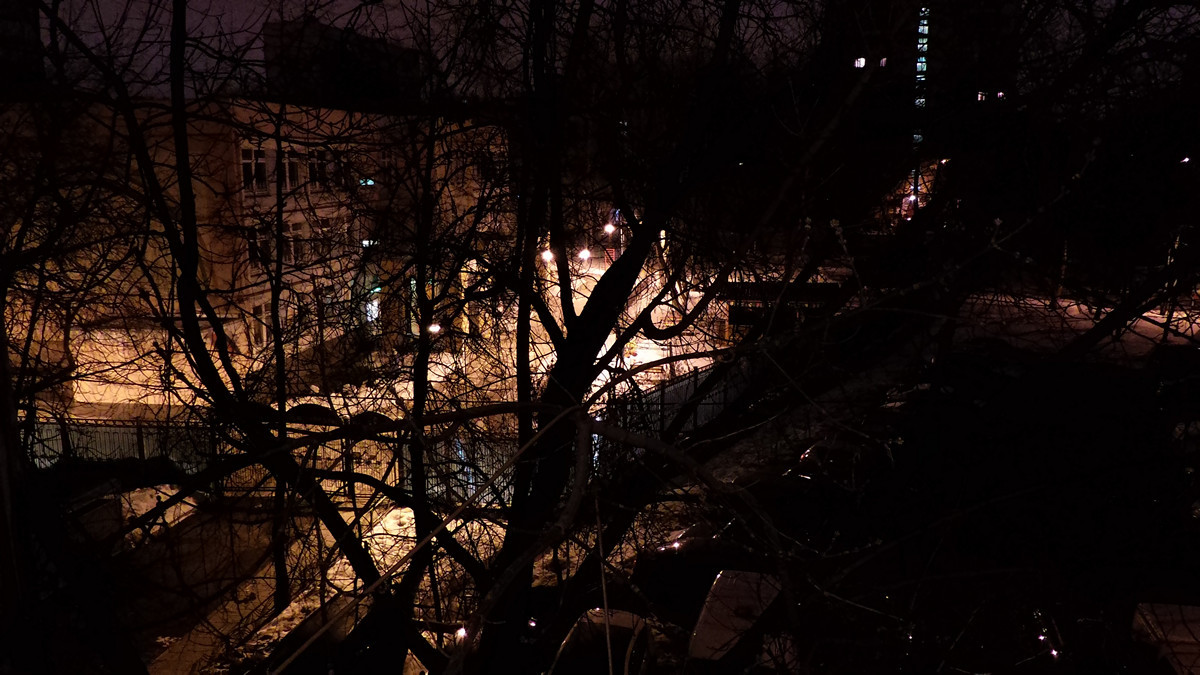
Crop 100%:

Night Mode:

Crop 100%:

Mode "Low light":
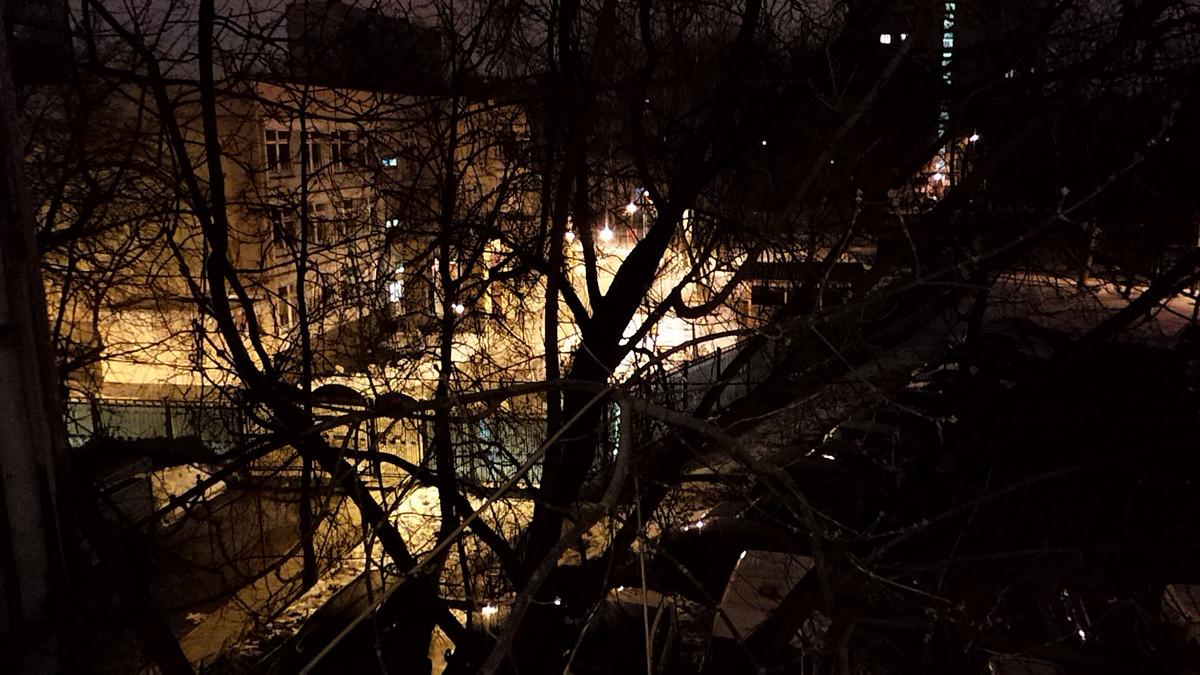
Crop 100%:

Auto mode:
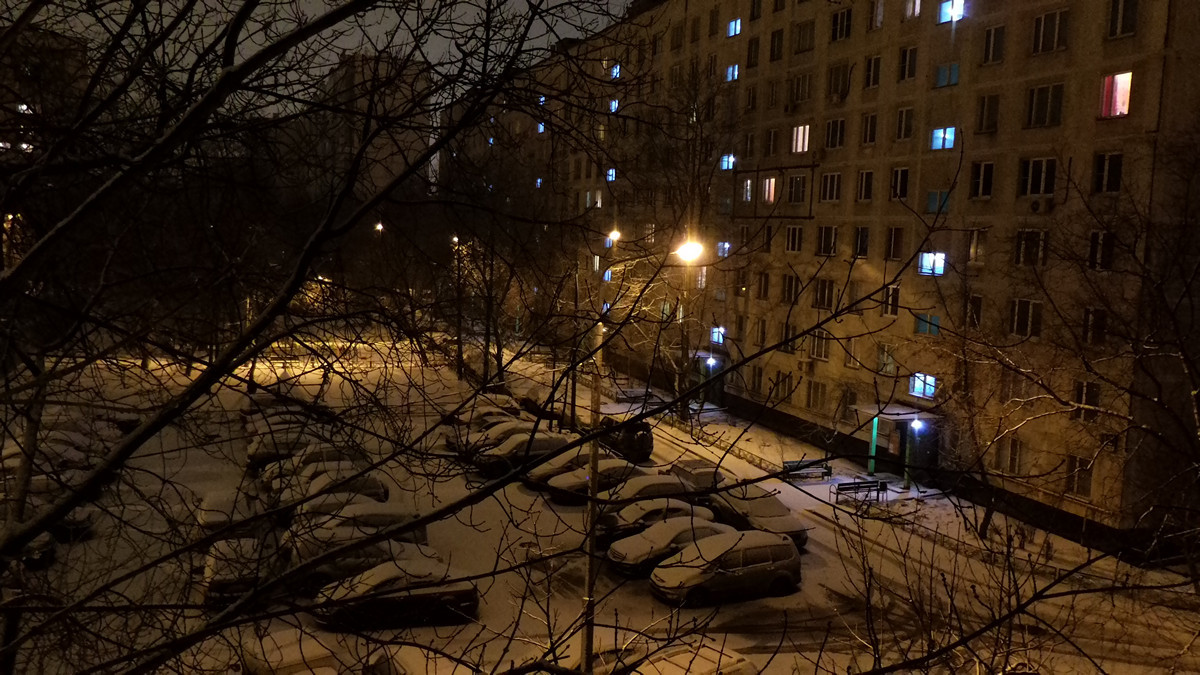
Crop 100%:
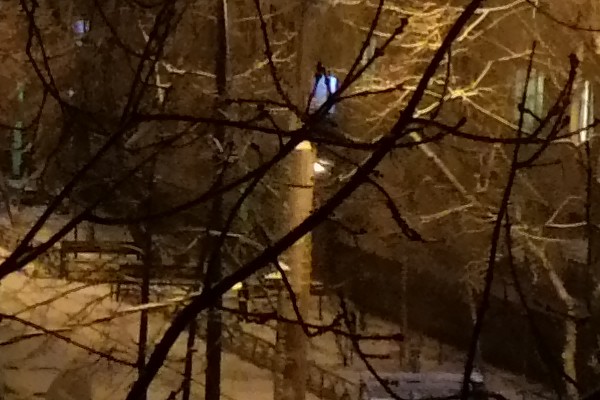
Mode "Low light":

Crop 100%:

Night Mode:

Crop 100%:
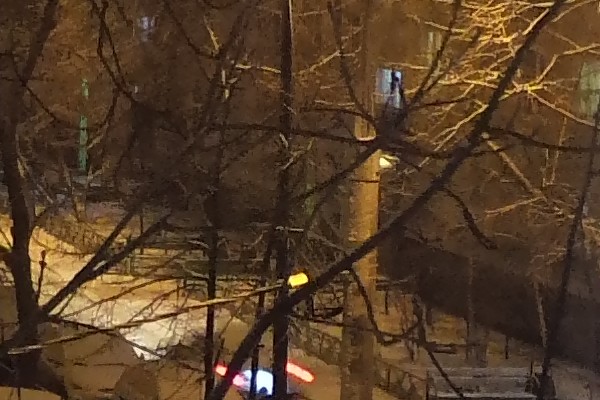
Auto mode (with flash):
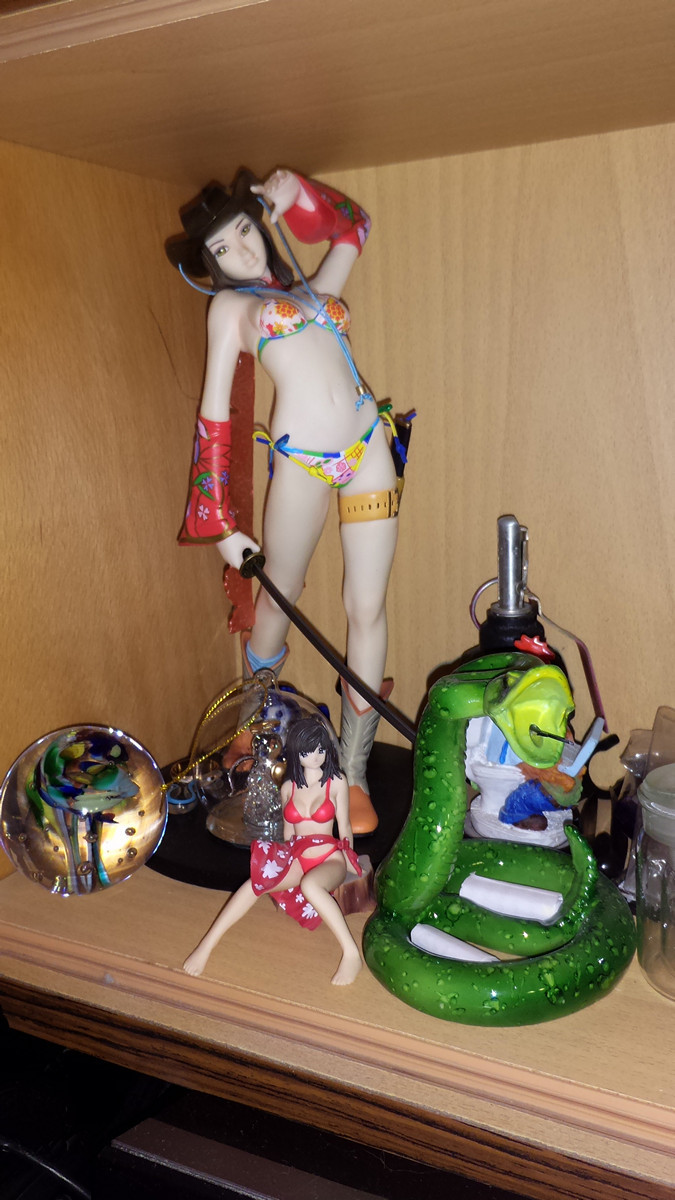
Crop 100%:
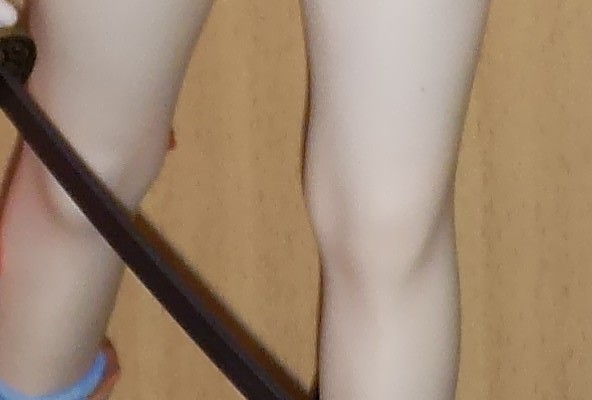
Auto mode (no flash):

Crop 100%:

Mode "Low light":
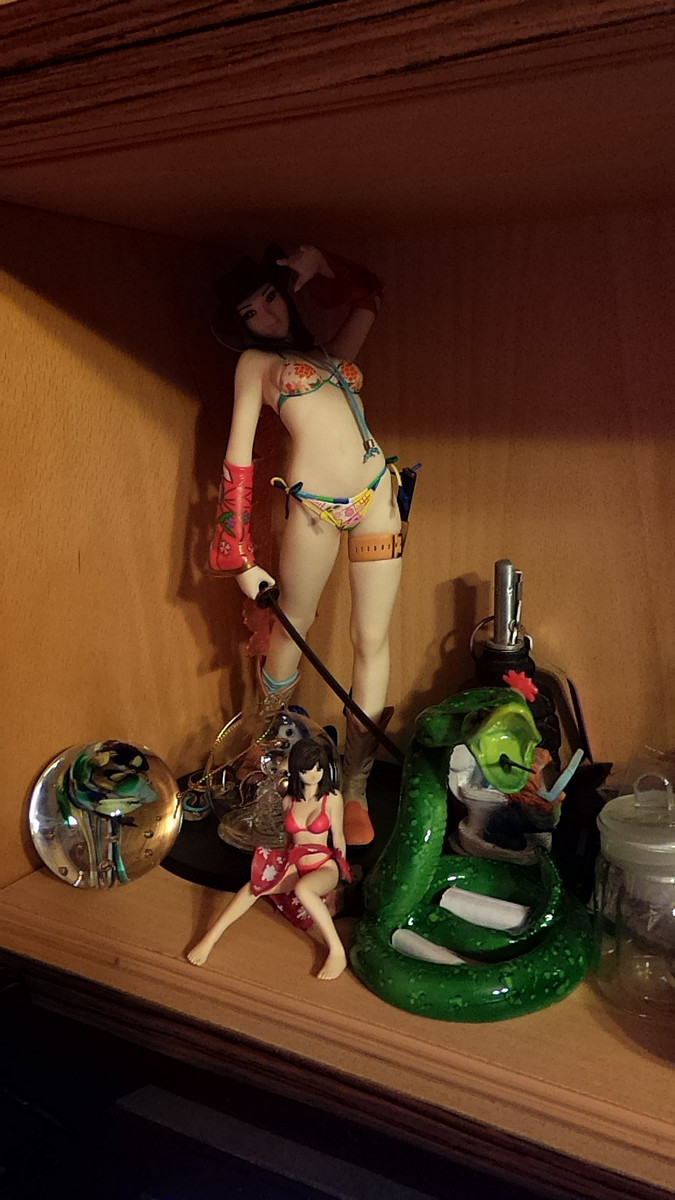
Crop 100%:
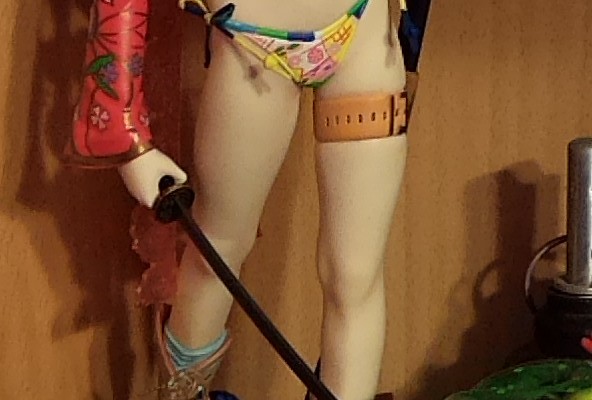
HDR mode:

Crop 100%:

Auto mode:
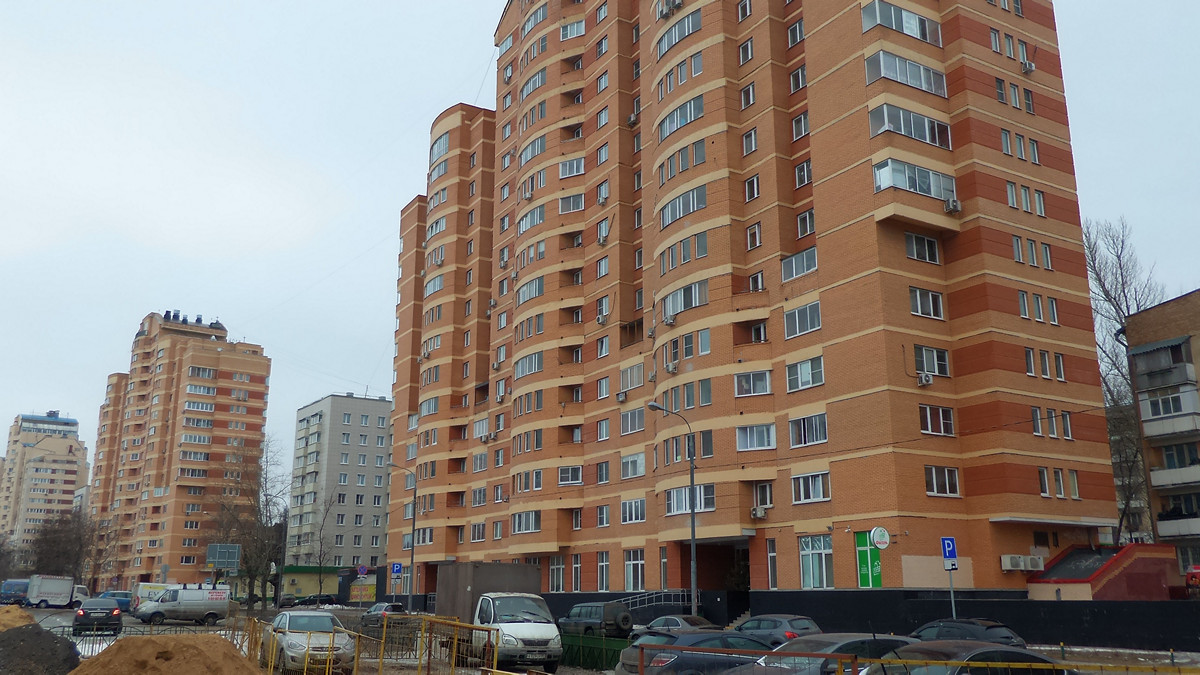
Crop 100%:

Auto mode:

Crop 100%:

HDR mode:

Crop 100%:

Auto mode:

Crop 100%:

HDR mode:

Crop 100%:

Auto mode (focusing on houses and trees):

Crop 100%:

Auto mode (focusing on ice):

Crop 100%:

HDR mode (focusing on houses and trees):

Crop 100%:

HDR mode (focusing on ice):

Crop 100%:

Auto mode:

Crop 100%:

HDR mode:

Crop 100%:

Auto mode (3x zoom):

Crop 100%:

Auto mode:

Crop 100%:

HDR mode:

Crop 100%:

Auto mode:

Crop 100%:

Auto mode (3x zoom):

Crop 100%:

Auto mode:
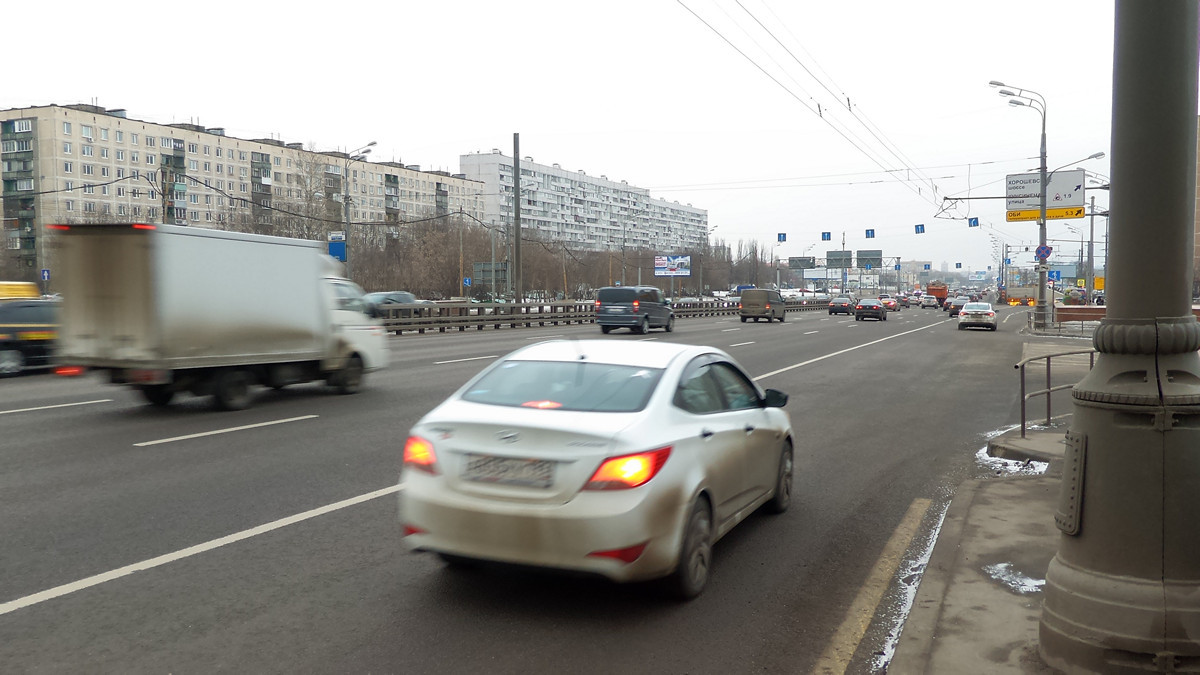
Crop 100%:

Auto mode (focusing on the radio tower):
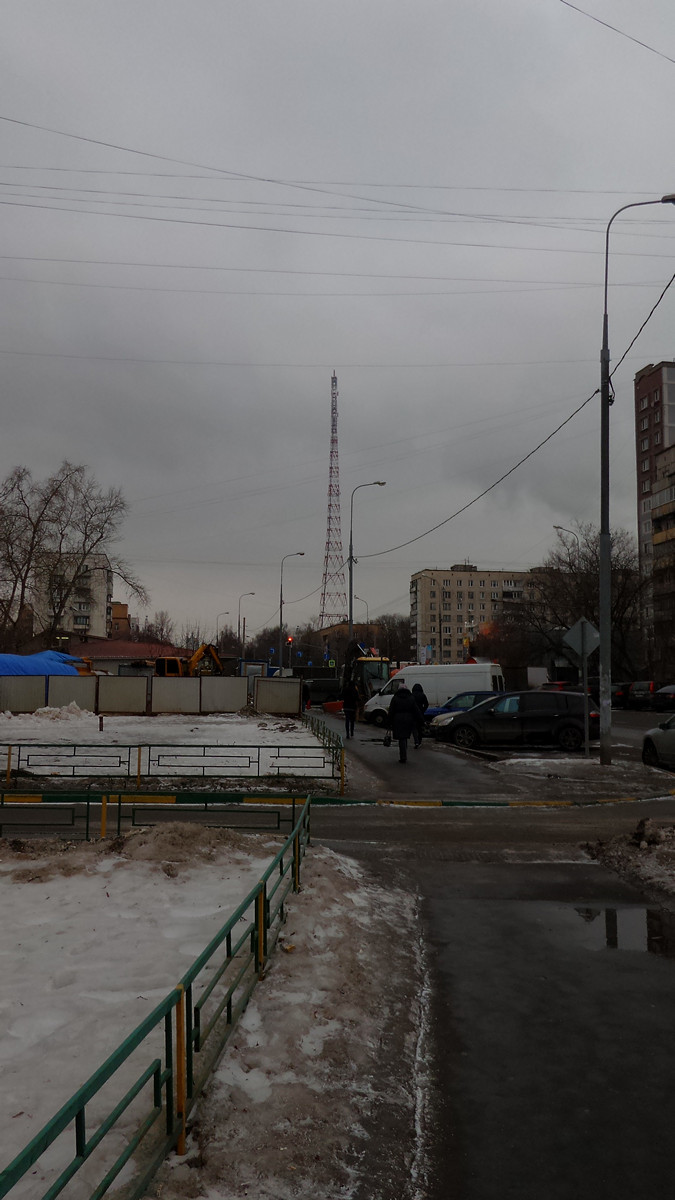
Crop 100%:

Auto mode (3x zoom):
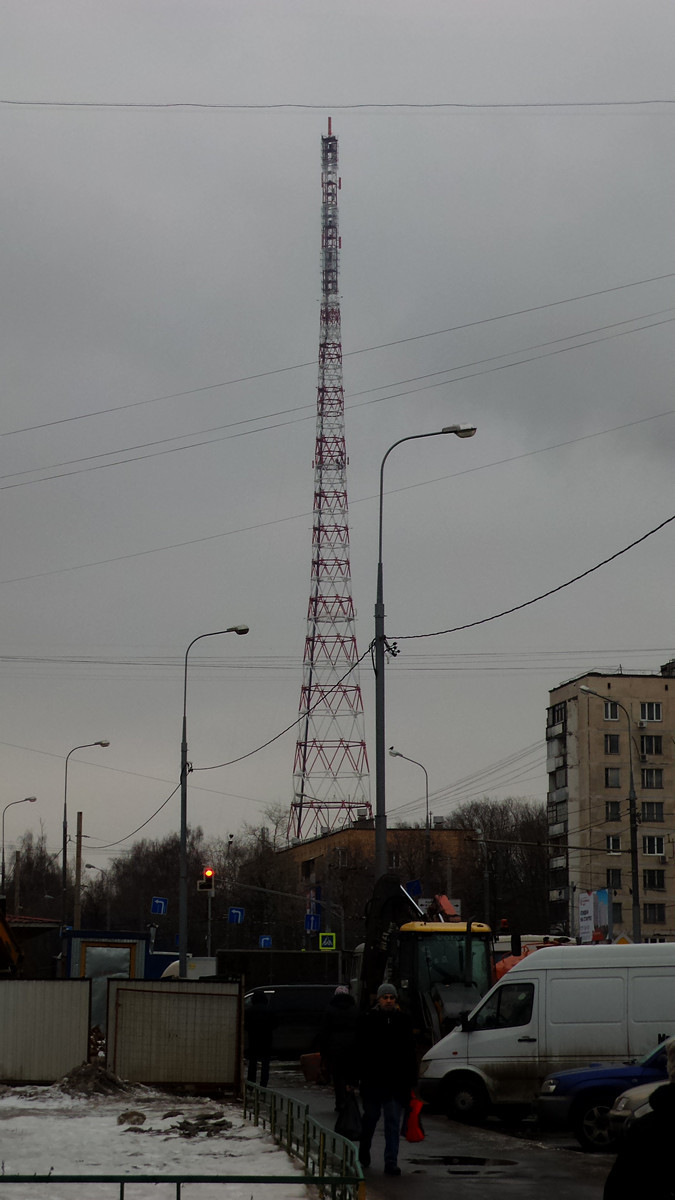
Crop 100%:
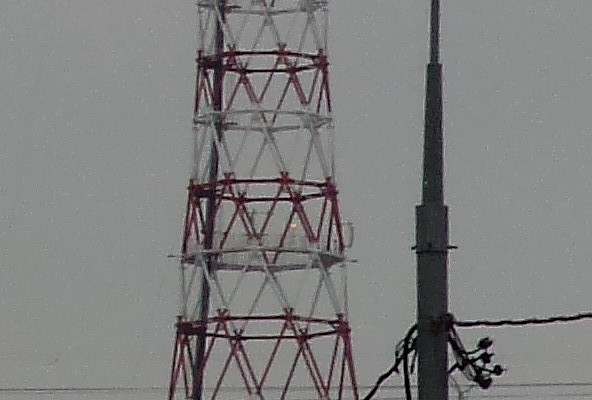
HDR mode (3x zoom):

Crop 100%:
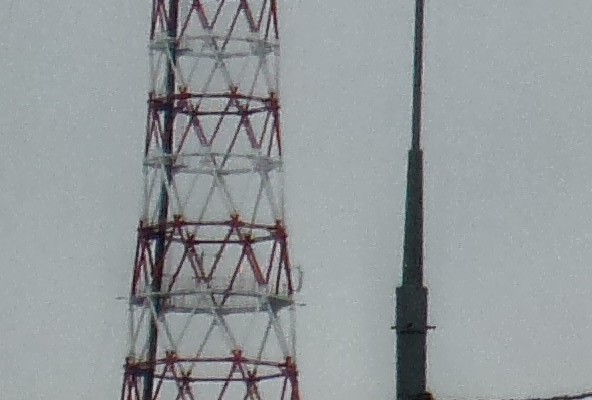
Auto mode:
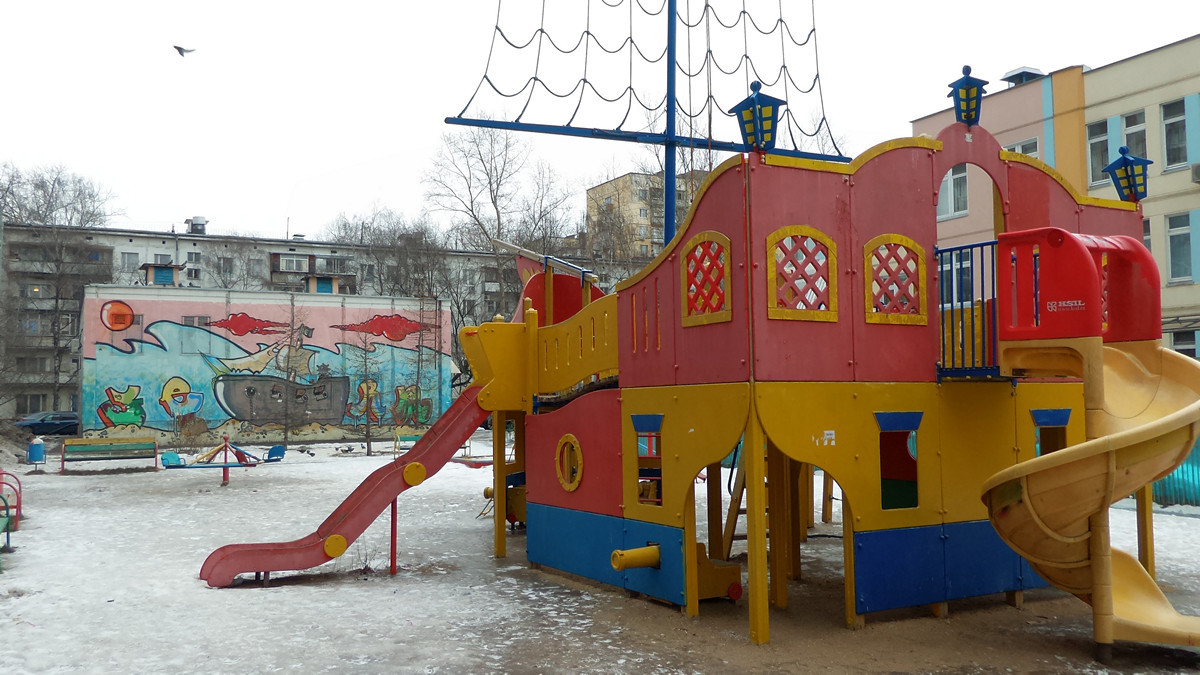
Crop 100%:
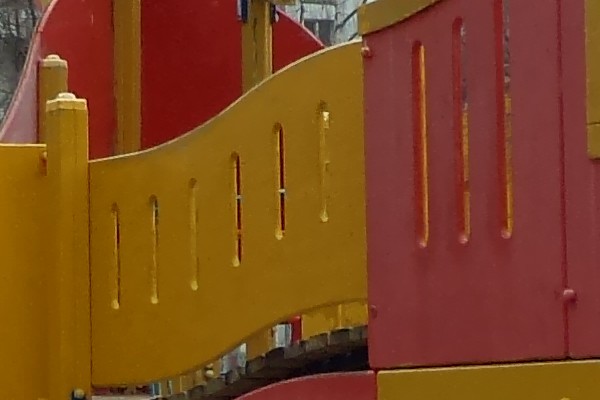
HDR mode:

Crop 100%:

Super Resolution Mode:

Crop 100%:

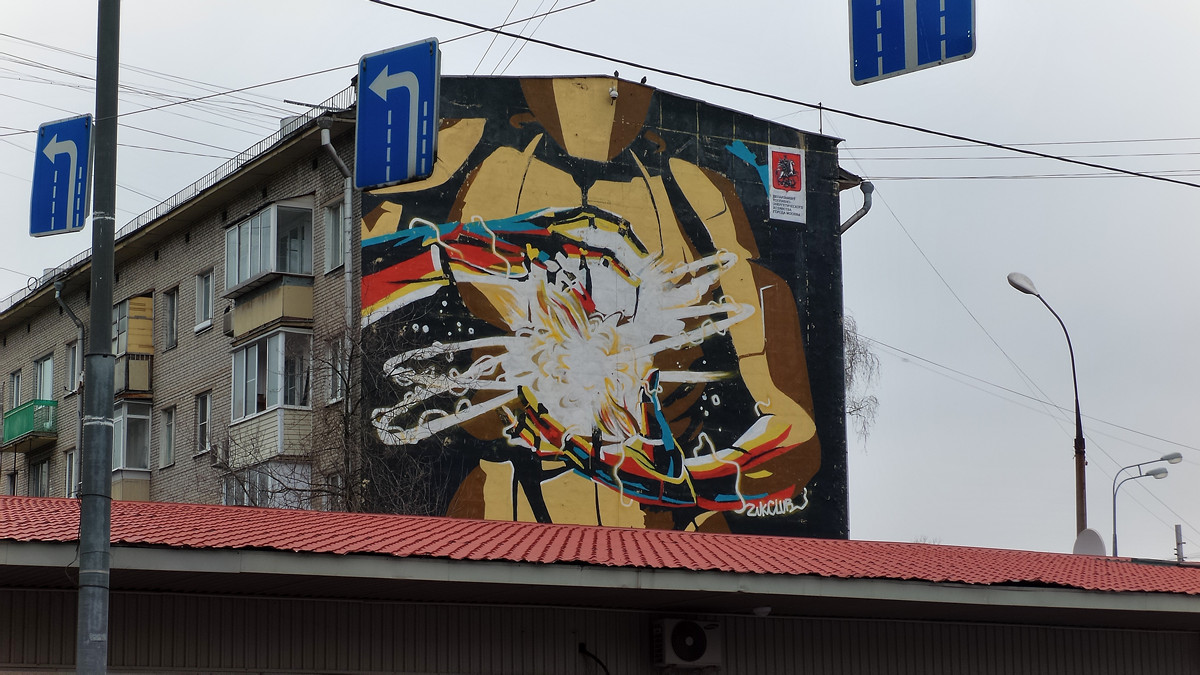
Crop 100%:


Crop 100%:

Night Mode:

Crop 100%:

Mode "Low light":

Crop 100%:

Auto mode:

Crop 100%:

Mode "Low light":

Crop 100%:

Night Mode:

Crop 100%:

Auto mode (with flash):

Crop 100%:

Auto mode (no flash):

Crop 100%:

Mode "Low light":

Crop 100%:

HDR mode:

Crop 100%:

Auto mode:

Crop 100%:

Auto mode:

Crop 100%:

HDR mode:

Crop 100%:

Auto mode:

Crop 100%:

HDR mode:

Crop 100%:

Auto mode (focusing on houses and trees):

Crop 100%:

Auto mode (focusing on ice):

Crop 100%:

HDR mode (focusing on houses and trees):

Crop 100%:

HDR mode (focusing on ice):

Crop 100%:

Auto mode:

Crop 100%:

HDR mode:

Crop 100%:

Auto mode (3x zoom):

Crop 100%:

Auto mode:

Crop 100%:

HDR mode:

Crop 100%:

Auto mode:

Crop 100%:

Auto mode (3x zoom):

Crop 100%:

Auto mode:

Crop 100%:

Auto mode (focusing on the radio tower):

Crop 100%:

Auto mode (3x zoom):

Crop 100%:

HDR mode (3x zoom):

Crop 100%:

Auto mode:

Crop 100%:

HDR mode:

Crop 100%:

Super Resolution Mode:

Crop 100%:


Crop 100%:

Work stabilizer noticeable. But you need to understand that there is not a full-sized lens, and the range of movement of the lens unit (or matrix) is very limited. A little natural tremor stabilizer can still be compensated, but if you are pumped by a strong wind - or for some other reason - then you will surely get a move. In such situations it is better to make a few frames, it will be more reliable.
The maximum video resolution is 1920 * 1080. An example can be downloaded from the link .
Wireless connection
The ZenFone Zoom is equipped with a 802.11ac Wi-Fi module. In addition to the above antenna in the back cover, the smartphone is equipped with four more antennas:
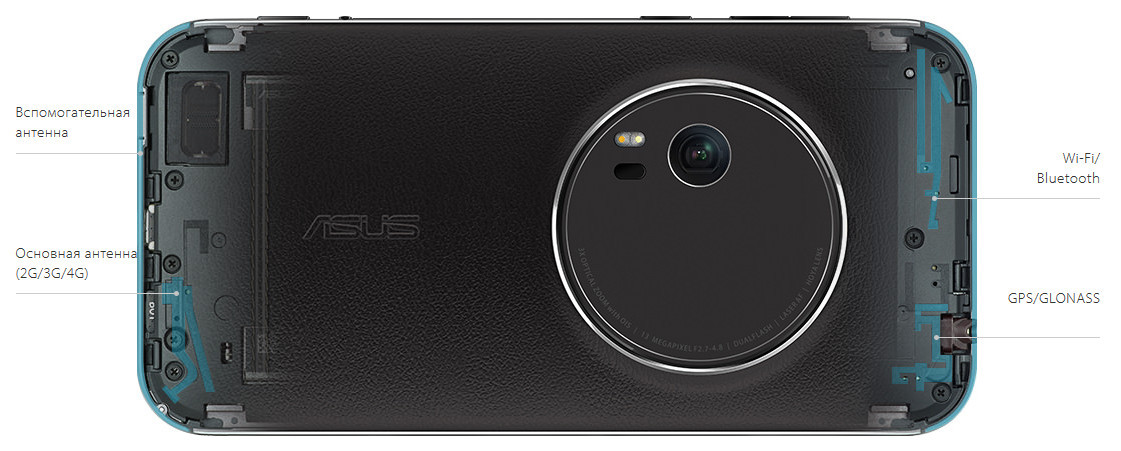
For a more confident signal, two antennas are used for communication with base stations - the main and auxiliary ones.
If you like to travel the world, then in addition to the camera ZenFone Zoom can serve as a navigator, because it already supports five satellite navigation systems: GPS, GLONASS, BDS , QZSS and other SBAS systems . About the last three, I learned only from Wikipedia.
Also, the smartphone is equipped with an NFC module. So far, this type of communication is not very common in our country, but it will be easier to find an application abroad.
Software
In the role of the operating system is the good old Android 5.0 with the familiar graphical shell ZenUI. You can download specially designed themes, free and paid.
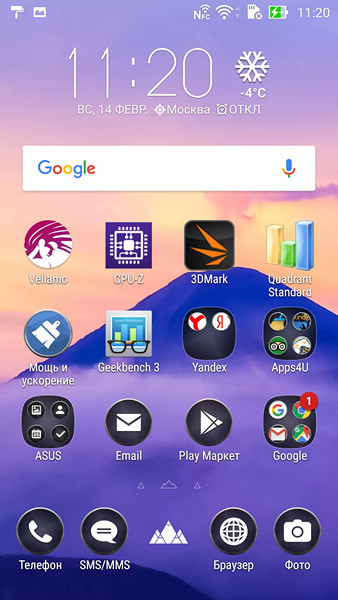
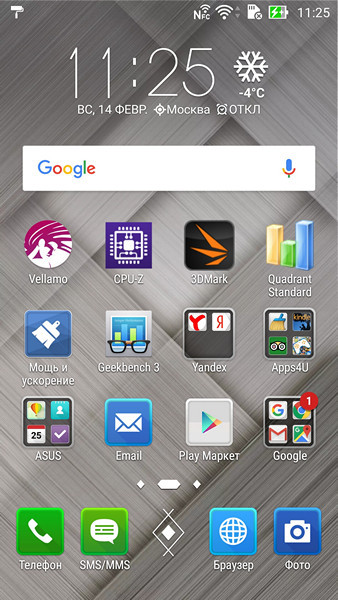
From the proprietary utilities, there are the ubiquitous ShareLink, ZenTalk and Splendid. There is also a ZenFlash Camera application that supports external flash for ASUS smartphones. On the desktop, helpfully laid out the program label with the epic title "Power and Acceleration." It simply optimizes the contents of RAM:
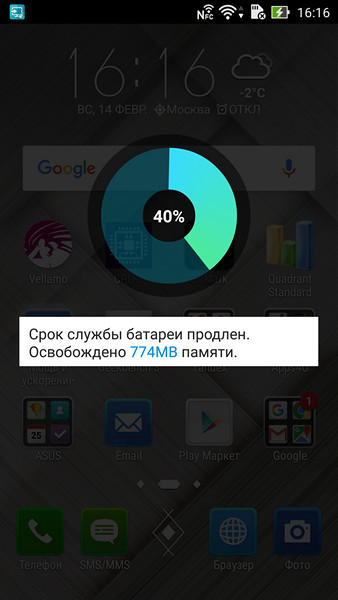
There is also a curious utility that allows you to use the laser focusing module as a range finder. It is enough to aim the sight at the object and press the measurement icon:
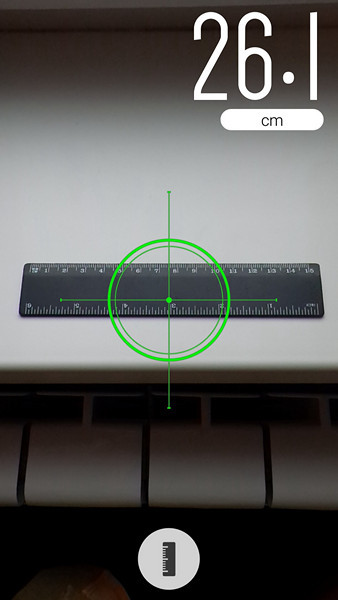
Performance
The "soul" of the smartphone - or its "brain" - is a quad-core Intel Atom Quad Core Z3590 , made on a 22-nanometer process technology. As a graphics subsystem works PowerVR G6430. The volume of operational dual-channel memory - 4 GB, this is more than enough for any mobile needs. And for the storage of data allocated as much as 128 GB (on sale is a model with 64 GB). If this does not seem enough to you, then you can insert a microSD card for another 128 GB.
The responsiveness of the smartphone is excellent. As they say military pilots - "goes for the handle," that is, immediately responds to the movement of controls. Everything instantly opens, starts, downloads, installs, plays, whistles and dances. It takes two seconds to create images in the “Super Resolution” mode.
Benchmark Results
Vellamo
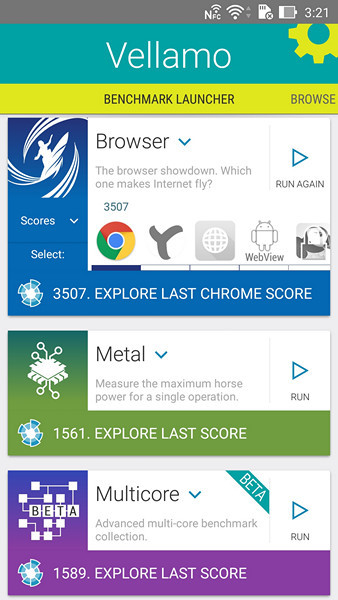
3D Mark


Geekbench 3
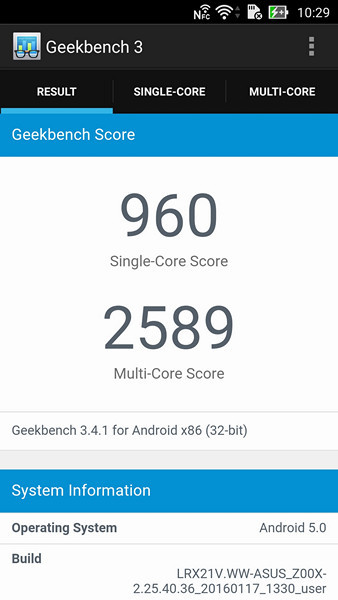
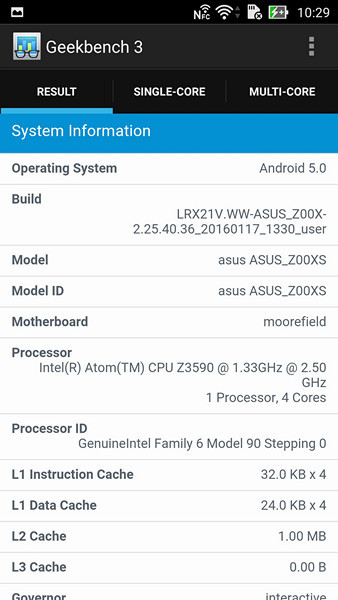

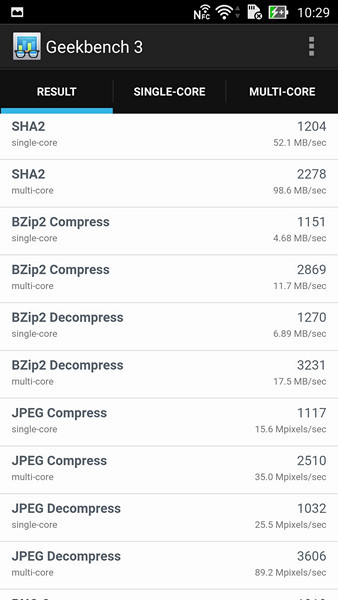
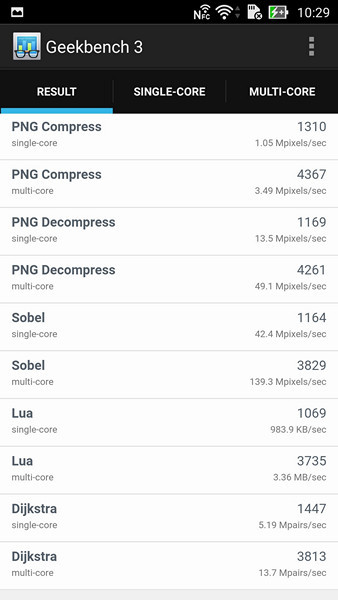
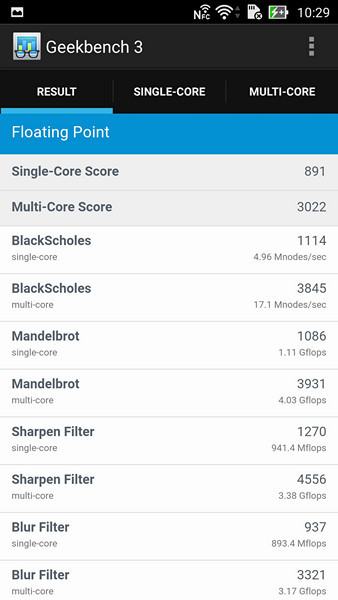
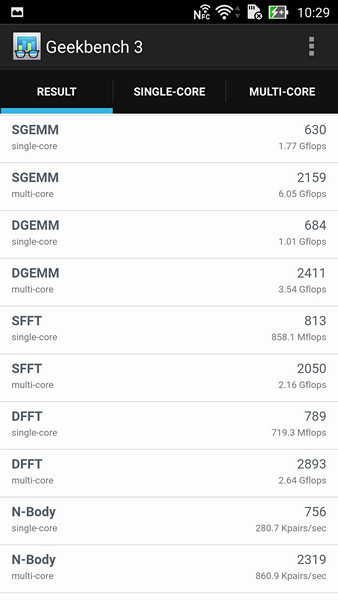
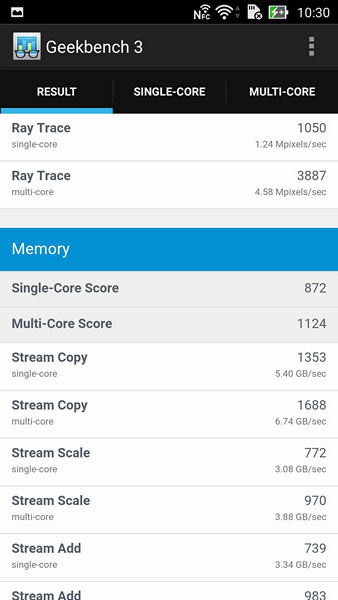

AnTuTu
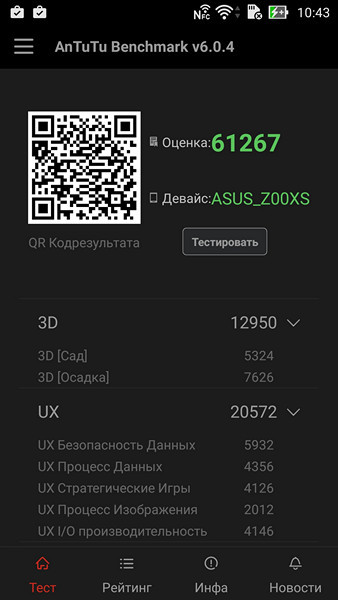
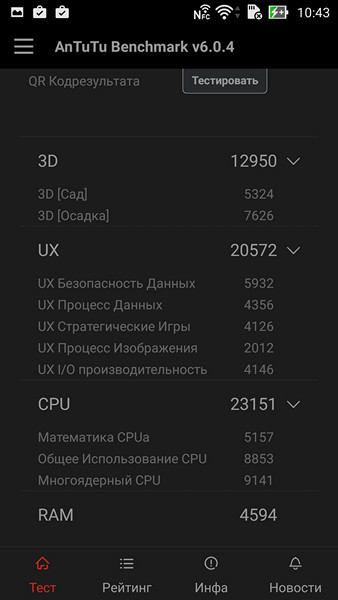
GFX bench
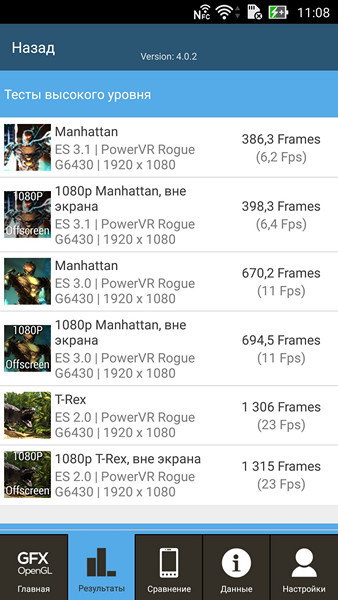

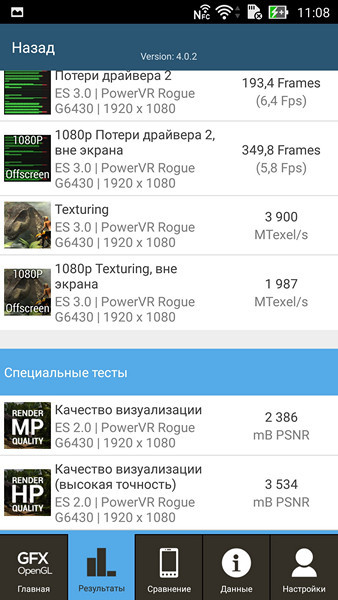

3D Mark


Geekbench 3









AnTuTu


GFX bench



The capacity of the internal battery is 3000 mAh. There is also support for accelerated charging - for about 40-45 minutes the battery charges up to 70%. For full charge it took about 1:15. In normal use - surfing, calls every half hour / hour, listening to music - the phone worked for 9.5 hours. With games and Full HD movies, he managed to land him in about 5.5 hours.
Conclusion
The smartphone turned out to be quite interesting. Photo quality is noticeably better than the previous models from ASUS. Although the weak point of the camera - shooting in low light conditions. But this is true for almost any smartphone.
In general, the ZenFone Zoom looks like a good accessory, and you won’t be bothered if you really wear it on the strap. His exterior is much nicer than most compact cameras, and ZenFone Zoom will replace the numerous “soap dishes” with a vengeance. So if you like taking pictures, but wearing a separate camera is inconvenient, then take a closer look at the Zoom. High performance, large amount of memory, excellent design and a decent camera, which is always at hand - a good device option to capture interesting and important moments in life.
Recommended retail price: 49,990 rubles.
Source: https://habr.com/ru/post/390689/
All Articles